Horse Anatomy And Physiology: Facts That You Should Know As Horse Owner And Enthusiasts
Oct 29, 2024 | Super Equestrian
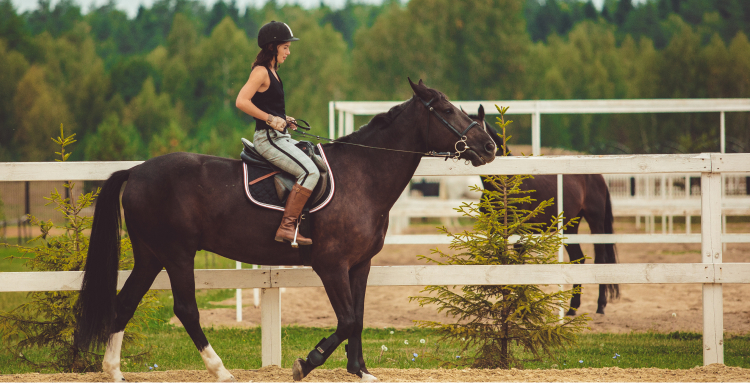
Horses are amazing creatures. They evolved from small, four-legged animals to the diverse equine that we have today. Their anatomical and physiological characteristics are mostly similar to those of humans. However, there are some unique features in their body that make them special and different from us. Their graceful necks and strong muscles help them move and perform like athletes.
Both horse owners, enthusiasts, and breeders should have a basic idea about how the horses function. Because understanding the interesting facts about their bodies can deepen their connection to the horse.
If you want to know about the inner workings of this majestic creature in a simple way, we are here to help you. So, welcome to the fascinating world of horse anatomy and physiology where we are going to discuss the ins and outs of horse bodies. From its powerful legs to its sensitive food digestion organ, you will learn what makes this animal unique!
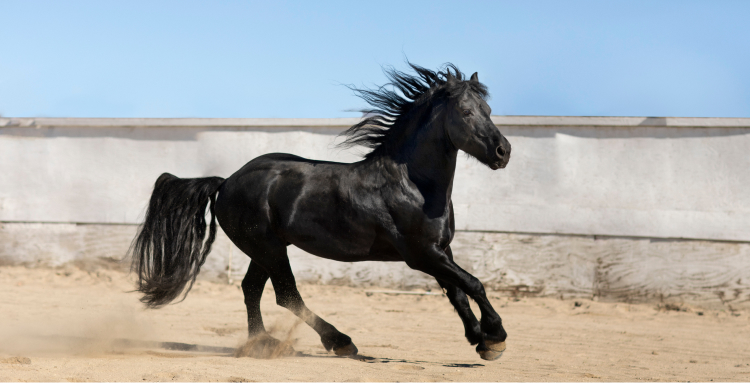
What is the anatomical feature of a horse's body?
Horses have a unique anatomical feature that increases their ability to withstand any difficult or unpleasant situations while performing athletic activities or carrying heavy loads. This special biological structure of their body helps them keep safe from various environmental hazards as well.
Skin
Skin is a protective layer of a horse's body that regulates their body temperature and protects it from injury. When sunlight is exposed over the skin, vitamin D is produced. This vitamin D is very important to strengthen their bones and teeth. It also improves their immunity and reduces infections.
Hair
Hair works as a protective coat in the horse's body. As hair remains on the outer surface of a horse's skin, it protects the skin from injury or damage. It filters out ultraviolet radiation when sunlight is directly exposed to the skin. It provides warmth when their body feels cold.
Eyes
Horses have two big and wide eyes, which tells a lot about their physical and mental conditions. If the horse is upset or suffering from any health issues, their eyes look inward or dull. If they feel scared, their eyes get enlarged and the white portion of their eyes becomes visible around the colored portion.
Legs
Horses' legs consist of different types of bones and joints. You can easily understand your horse's feelings by looking at its legs. If the horse feels upset due to injury they lift one of their hind legs. When they want to kick due to not feeling good, they quickly move its hind legs to its backs. When the horse feels angry it hits the front leg on the ground.
Sweat gland
The sweat gland is important to produce sweat when the horse is outside in a hot environment. Sweat helps regulate body temperature. There are two types of sweat glands found in horses' bodies. The apocrine and endocrine sweat glands both play important roles in thermoregulation. The apocrine gland extends on the skin and the endocrine gland remains on the underside of the horse’s hoof.
Digestive system
Horses eat plants and digest them in their hindgut through fermentation. The mouth, esophagus, stomach, and small intestine handle most of their digestion and nutrient absorption. Digestion starts from the mouth, the esophagus helps move the food, the stomach stores and breaks down food, and the small intestine digests and absorbs nutrients from the food. The large intestine helps in breaking down fiber and absorbs water. If the horse eats less than the usual requirement of their body, it may suffer from digestive problems.
Lymphatic system
A horse's spleen stores a large quantity of red blood cells that is released during exercise. As a consequence, the oxygen transport capacity of horses increases. Ultimately, their performance improves intensively.
Respiratory system
Horses' respiratory systems are specialized for exercise because any minor problems in their respiratory system can affect their performance. Oxygenated Air enters into their lungs and carbon dioxide-containing air comes out from the lungs. Air enters through the nostrils (Two holes in the nose). Then the air passes through different cavities and finally reaches the lungs. Infections or any issues in their respiratory system cause breathing problems in them.
Cardiovascular system
The cardiovascular system transports things like oxygen, carbon dioxide, salt, hormones, waste products, water, and sources of energy around the body. This system includes the heart, blood, blood vessels, and some cell fragments of blood. Like other mammals, the main function of their heart is to pump sufficient blood to increase blood pressure and transfer oxygen from the lungs to other parts of the body. Horses perform heavy activities due to their powerful cardiovascular system. They mostly suffer from cardiovascular diseases when their heart valves fail to open or close, abnormal blood flow to the body parts, and the pumping capacity of heart muscle increases or decreases.
Reproductive organ
Mares have ovaries and uterus as primary reproductive organs, while stallions have testicles and a penis. Mare usually becomes ready for breeding from spring to late summer or early autumn. They come to the heat and more daylight produces hormones in their brain, which makes them ready for breeding. She becomes pregnant, if you mate her with a stallion or use artificial insemination two or three days after her heat begins.
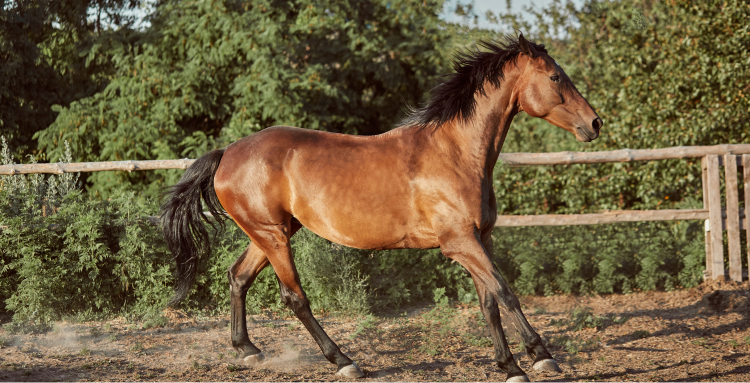
How does a horse's body handle heat?
Horses manage their body temperature by thermoregulation process. When they feel cold, they shiver continuously to create heat. Their coats get thickened in such situations to produce warmth. Blood flow in their legs gets reduced to keep their body warm.
When the body temperature of a horse increases, heat is released into the air. When it's hot, their body generates sweat, and blood flow to their skin helps release the heat. As a consequence, their body temperature is reduced. When the air pulls the sweat from the horse's skin, their body cools down. If a horse can not cool down properly, it suffers from heat stroke.
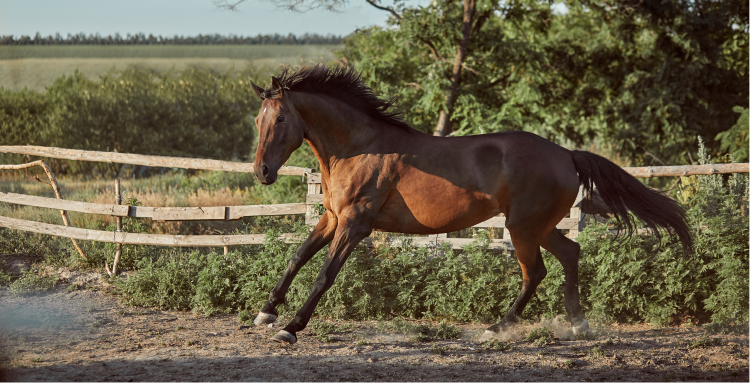
What are some unique physiological characteristics of horses?
- The Hindgut of horses contains a lot of beneficial bacteria. These bacteria produce a good amount of vitamin B in their body, which helps in hormone metabolism, energy production, and maintenance of blood vessels. Horses require additional vitamin B in their diet if they feel stressed or tired due to performing heavy activities.
- In the liver of healthy horses vitamin C is produced from glucose. Vitamin C is a powerful antioxidant that protects the body from damage and strengthens the immune system. Horses require additional vitamin C as a supplement when they feel stressed during intense exercise.
- Horses can't vomit because they have strong muscles around the esophagus, which blocks food from coming back from the stomach. When the food is obstructed and blocks the esophagus during eating, a condition arises called “choking”. So, the horse feels pain and food can not reach the stomach. In such situations, you should reduce the frequency of feeding the horse for a certain period. And consult with a veterinarian immediately.
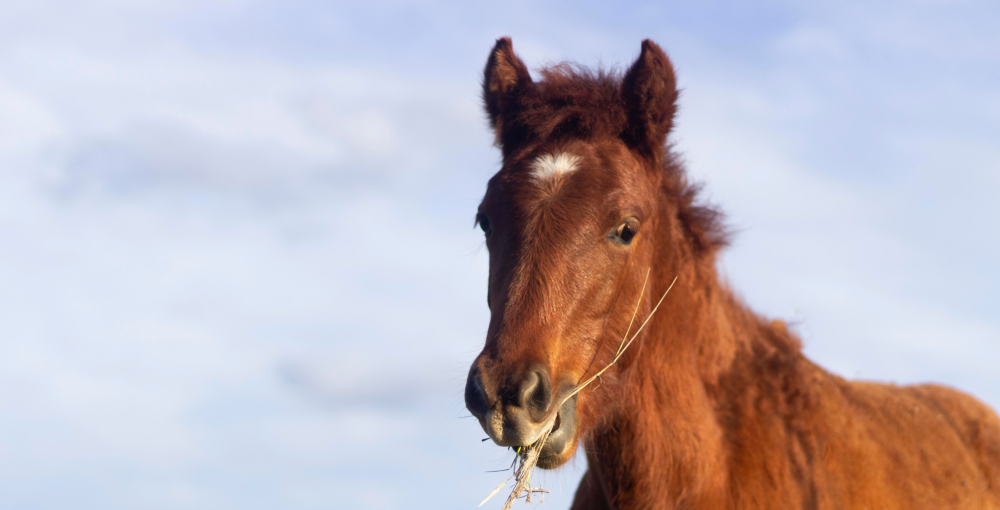
How do horses manage fat in their diet without a gallbladder?
Well, to understand how horses manage fat without a gallbladder, first you need to understand the role of gallbladder in the body. It is a small organ located under the liver that stores and releases a fluid called bile into another organ of the digestive system. The liver produces bile which is important to break down fat from the diet. Since horses do not have any gallbladder, bile can not be stored here. Then how do they manage fat? Their liver produces a good amount of bile which is enough to digest the fat they take from their diet. So, they don't need to store any bile for further use in fat breakdown.
- Remember: Horses use more fat than glucose to produce energy during aerobic exercise. Having enough fat helps prevent different health problems. So, performance horses, lactating mares, and horses who have muscle problems need more fat than they regularly take in their diet.
To sum up
Having a good understanding of horse anatomy and physiology is the most important thing to ensure proper horse care. If you know more about their bodies, you can give them the right food, exercise, and medical care according to their needs.
In our short conversation, you have tried to present the overall anatomical features and physiological characteristics of horses in a simple and easy way. Still, if you have any problem understanding anything about the horse's anatomy and physiology, you can comment below. And share our discussion to others who are looking for the easiest way to learn about the horse's body to ensure the best care for their horses.
Recent Blogs
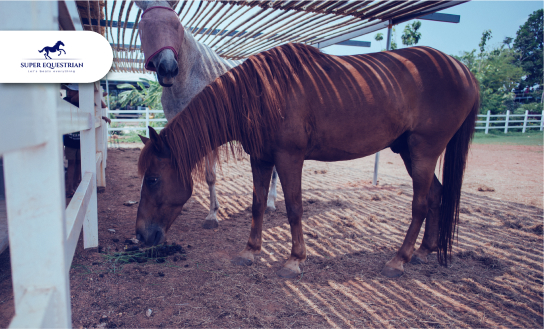
Common Equine Diseases and How ...

Equine Health Supplements: What Every ...
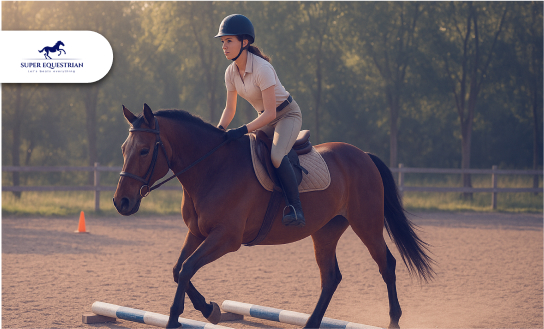
Jumping Basics: How to Prepare ...
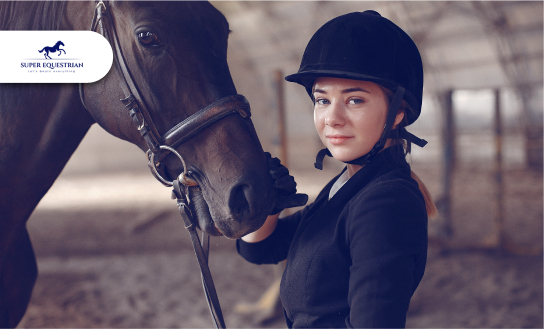
Essential Horse Riding Gear for ...
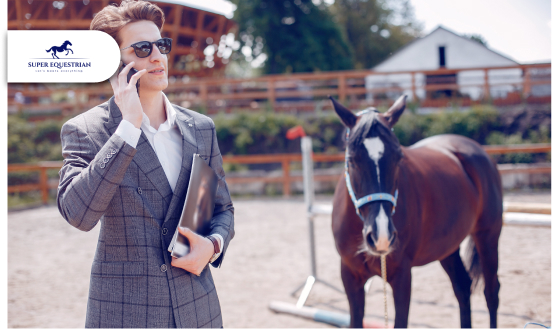
How to Balance Work, Life, ...

How to Balance Work, Life, ...
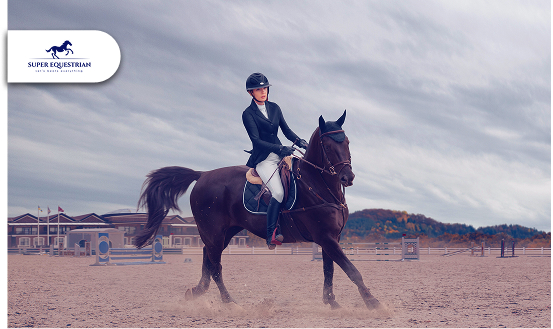
Top 5 Exercises to Improve ...
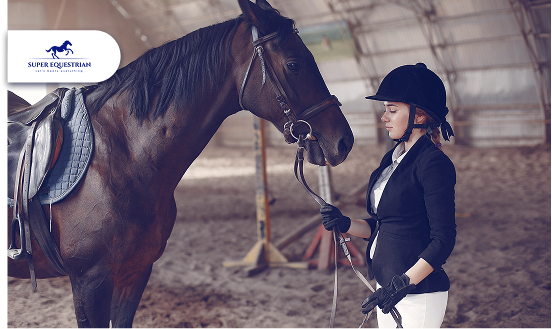
How to Build Confidence as ...
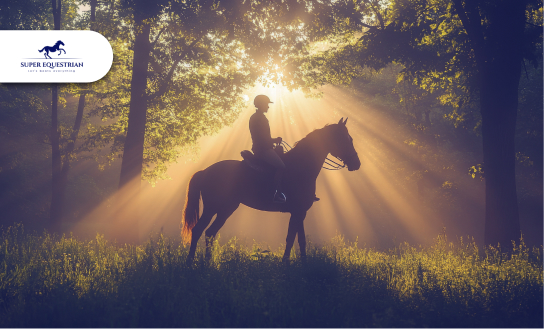
Spotlight on Equestrian Legends: Riders ...
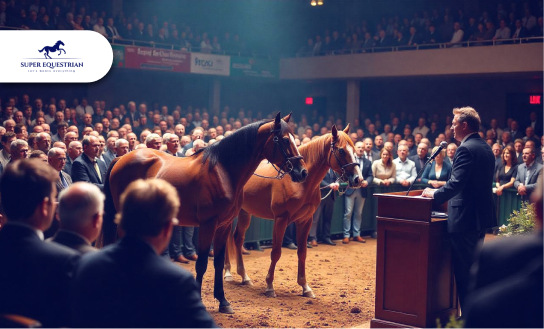
Horse Auctions and Sales...

Top Horse Friendly Travel Destinations ...

How to Build Stronger Bonds ...

Upcoming Horse Shows and Competitions ...
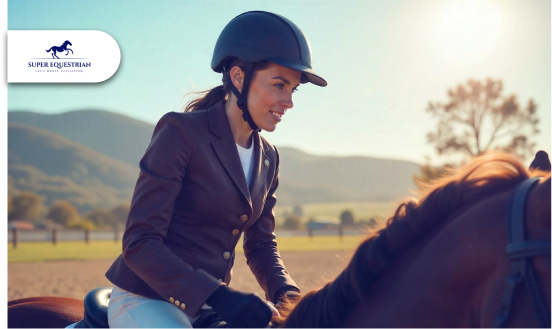
MIPS Equestrian Helmet The Future ...
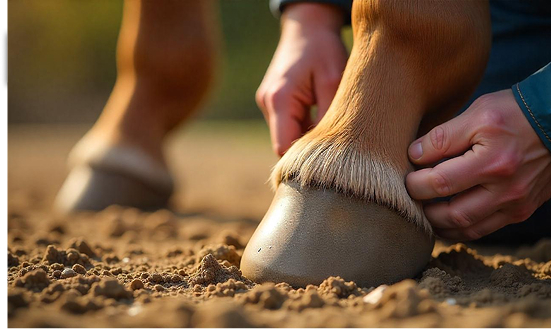
How to Recognize and Treat ...
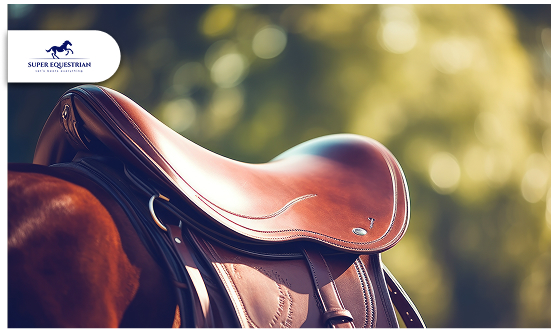
How to Choose the Perfect ...
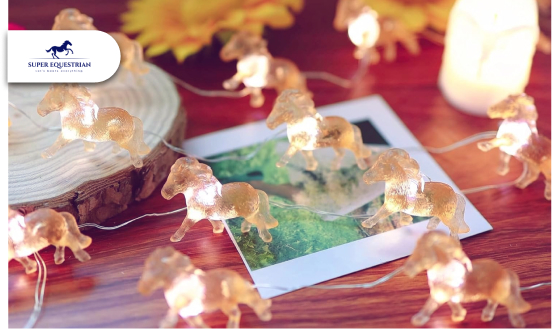
Horse-Themed Gifts Unique Ideas ...
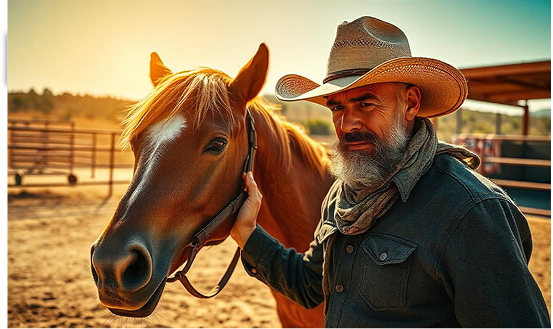
Horse Training Techniques: Creating A ...
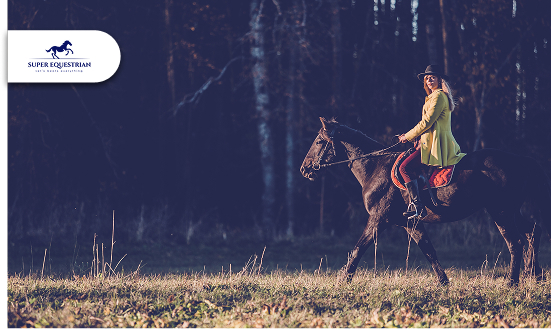
Horseback Riding Lessons – Everything You ...
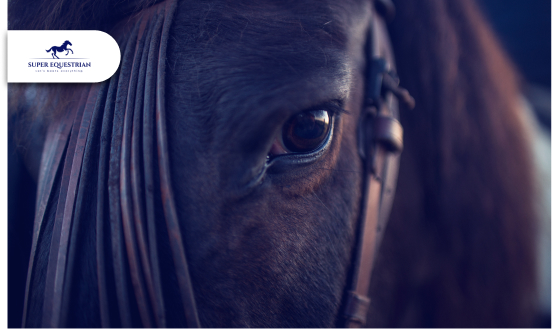
Horse Photography Tips: Learn the ...
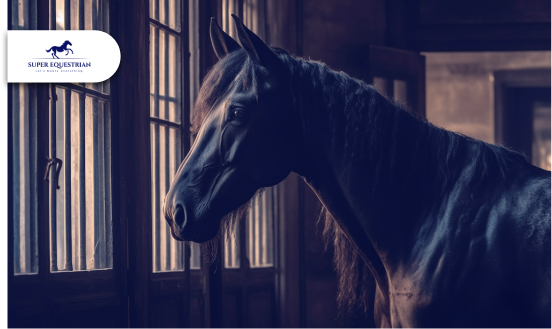
Horse Stable Management: The Quiet ...
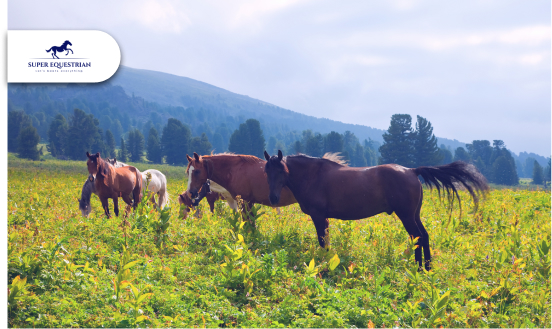
Horse Rescue Organizations: A Profound ...
Horse Racing Events A Look ...
Best Horse Manure Fork Six ...
What Are The Rarest Horses ...
What Does It Mean When ...
Horse Insurance Providers This Is ...

Horse Behaviour and Psychology: Learn ...

How Much Does a Horse ...
.jpg)
Best Monoflap Saddles For Your ...
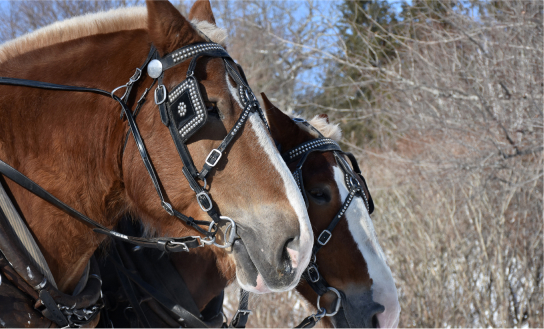
Best Hackamore For Barrel Racing...
.jpg)
Best Barrel Racing Reins Top ...

Horse Anatomy And Physiology: Facts ...
.jpg)
Best Stirrups For Ankle Pain - ...
.jpg)
Horse Care Tips and Tricks: ...
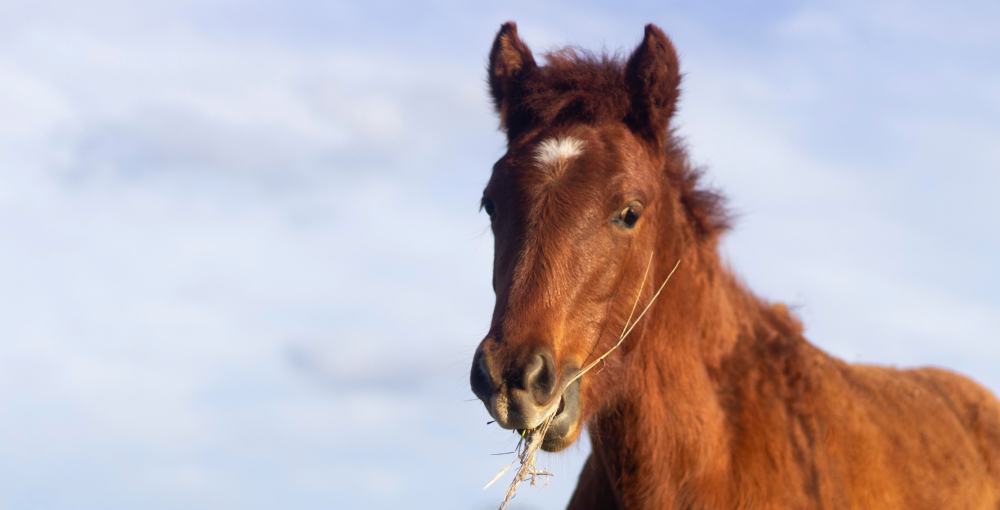
What Do Wild Horses Eat- ...
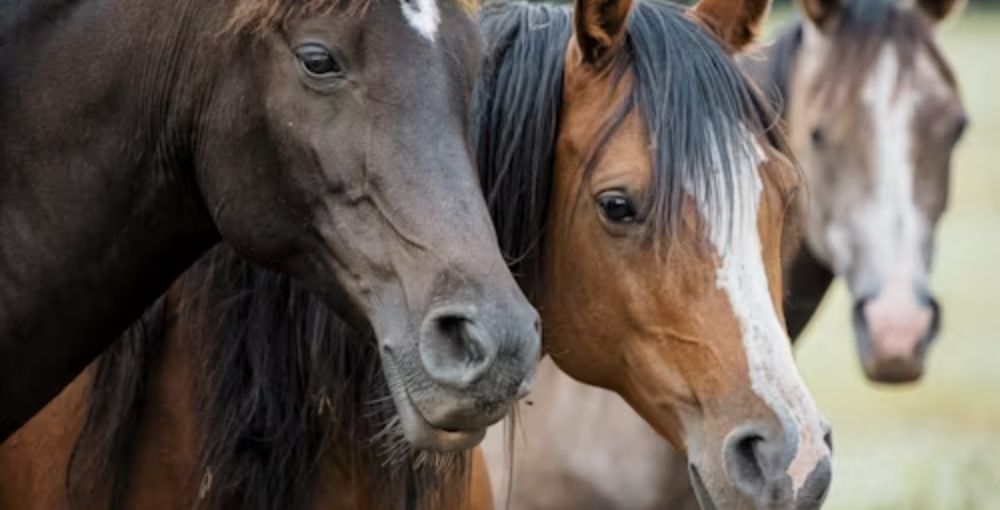
Horse Breeds and Characteristics: How ...
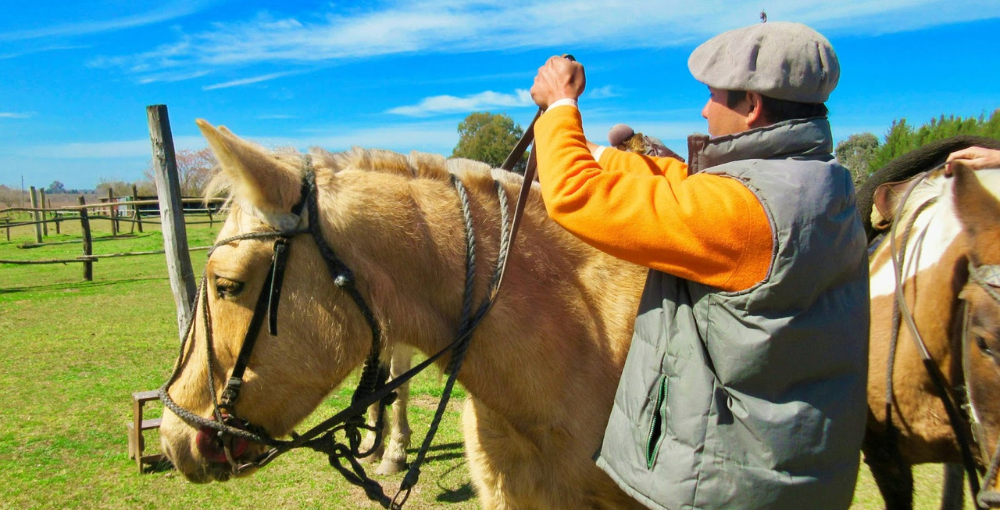
Best Barrel Racing Reins - Top ...

Horse Breeds and Characteristics: How ...
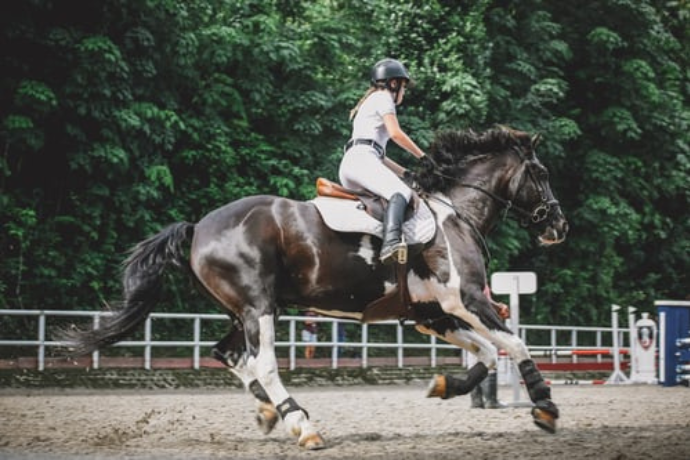
Best Breeches For Curvy Riders...
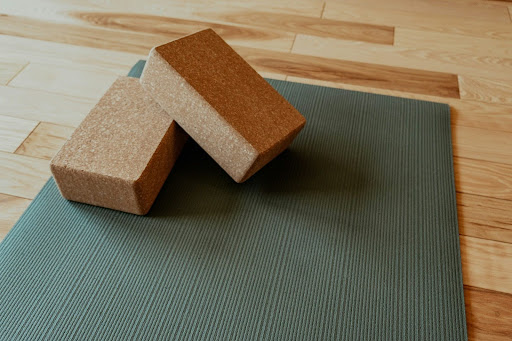
Best Stall Mats For Horses - ...

Best Horse Brushes ( A Thread ...

Best Saddle Rack ( Keep Your ...

Best Bit For Training a ...
.jpg)
10 Morgan Horse Show Held ...

Is Mason Sand Or Concrete ...
.jpg)
Best Girth For Your Horse ...
.jpg)
Ranch Cutter vs Cowhorse Saddle? ...
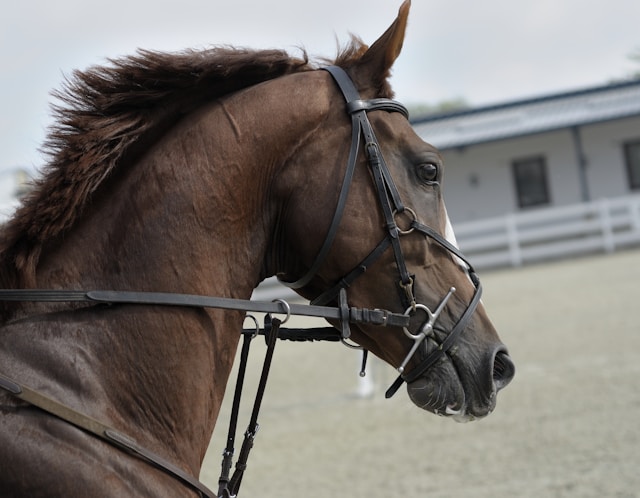
Types of Horse Bit and ...
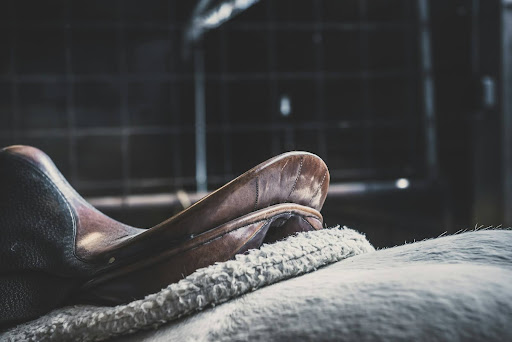
Is Hilason a Good Saddle ...
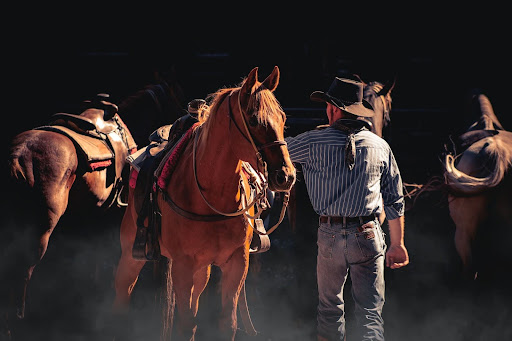
How to choose a bit ...
.jpg)
Best Salt Blocks For Horses...
.jpg)
Types of Horse Brushes (Equine ...
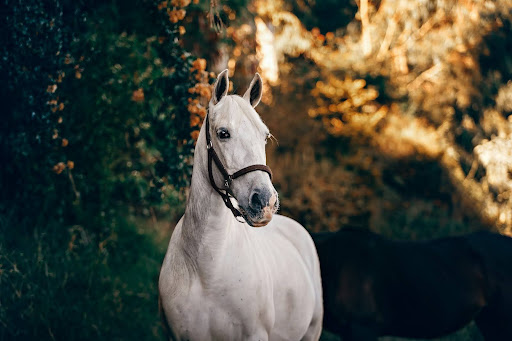
How To Get a Horse ...
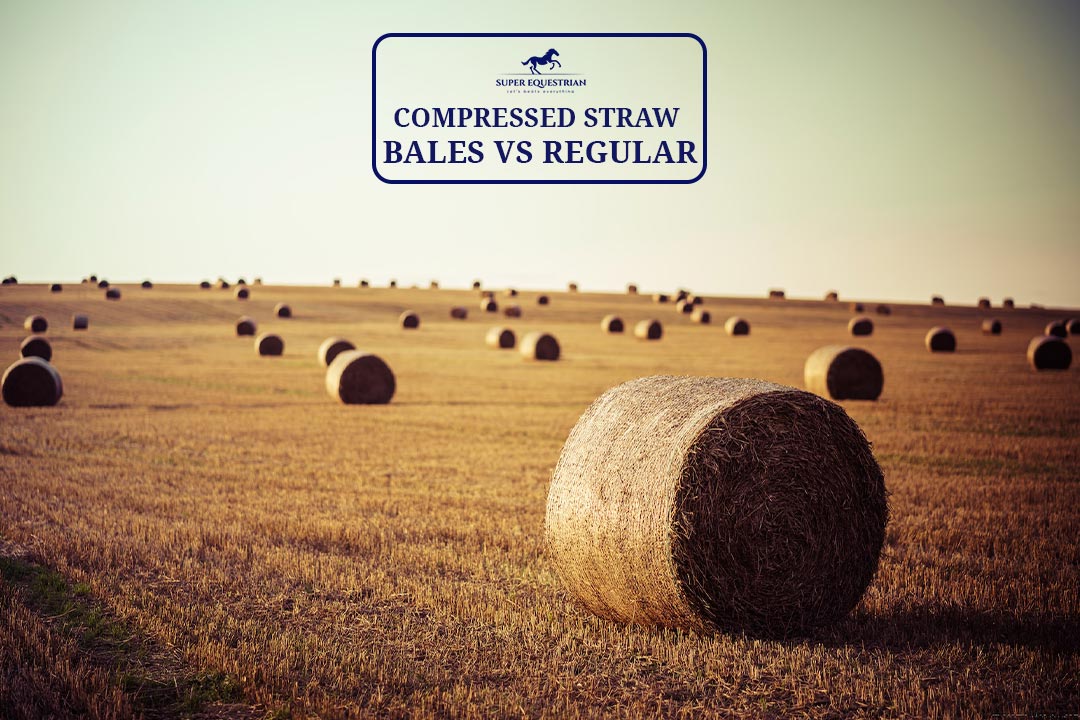
Compressed Straw Bales Vs Regular? ...
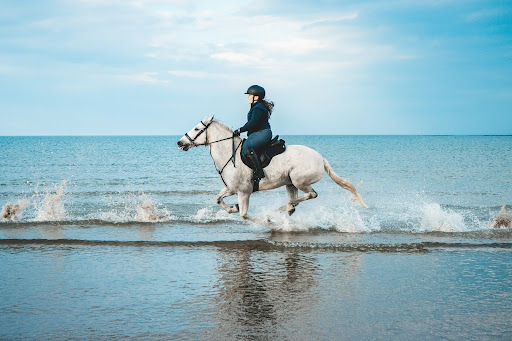
Horse Riding Lessons For Intermediate ...

Horse Trailer Brands To Avoid...

Strawberry Roan vs Red Roan? ...
.jpg)
Gelding vs Stallion...
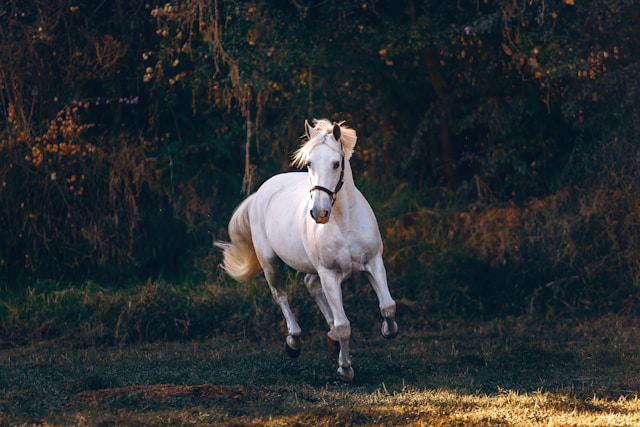
Why Does a Horse Whinny? ...
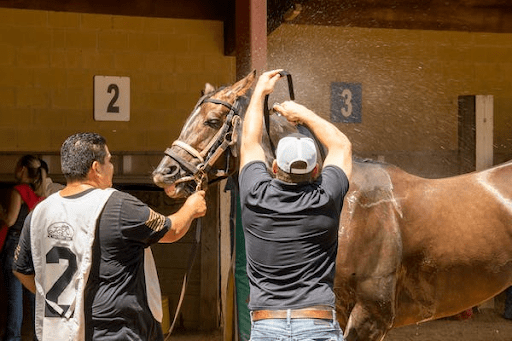
How to Clean a Rusty ...
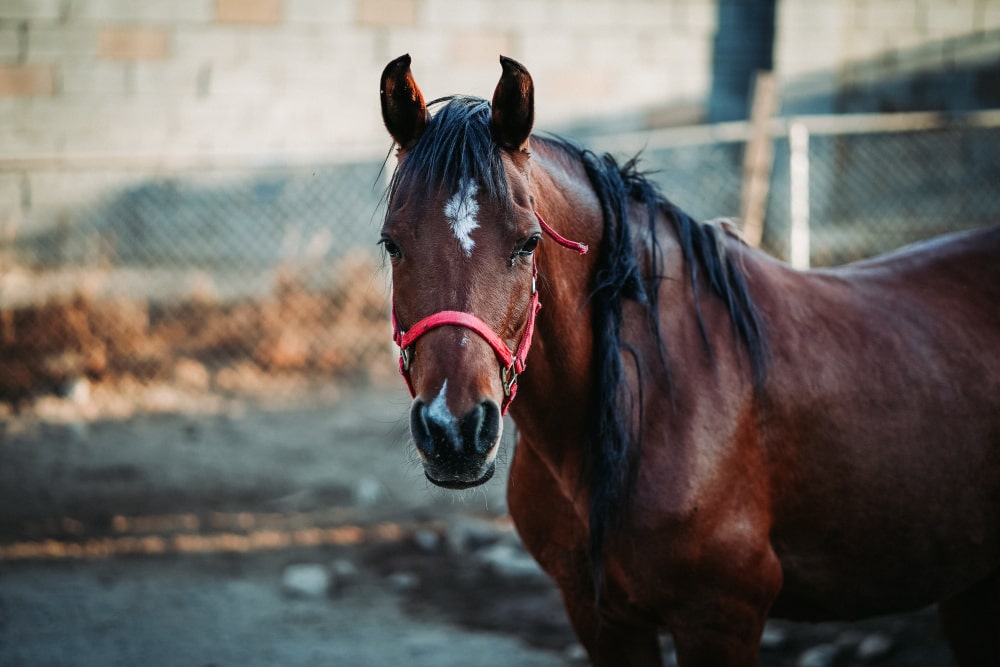
Why Do Horses Foam at ...
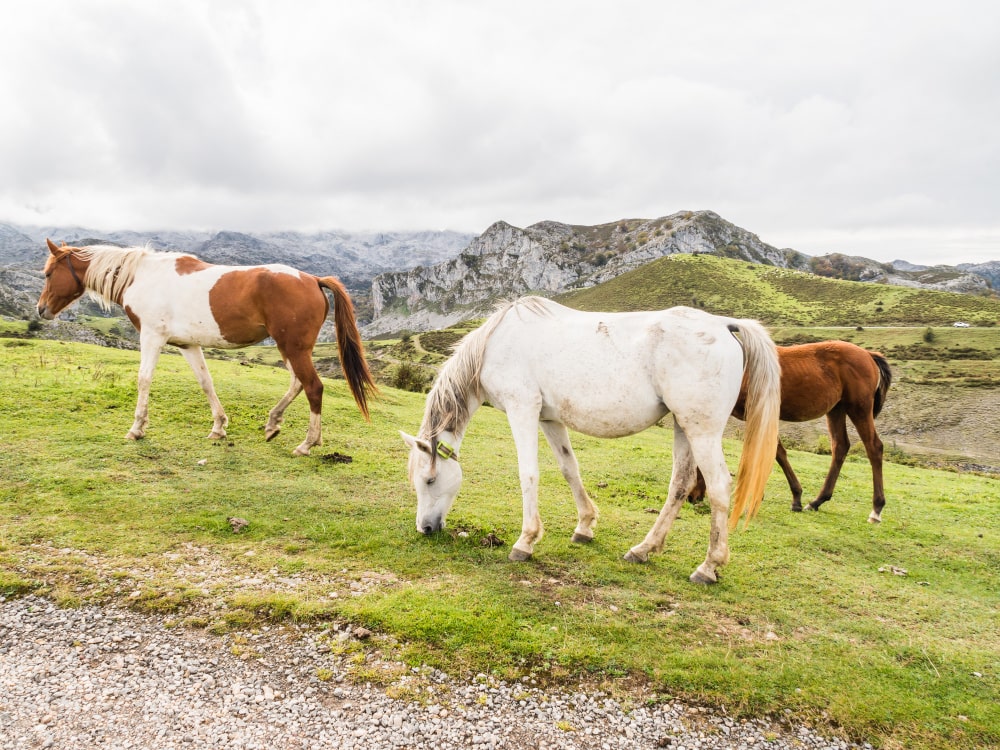
Why Do Horses Bob Their ...

Nutrition Unveiled: Triple Crown Senior ...
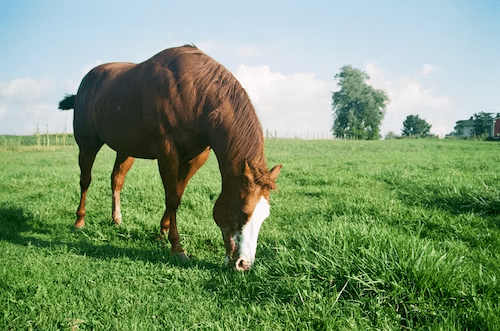
Pasture Pro Vs. Grazon: Horse-...
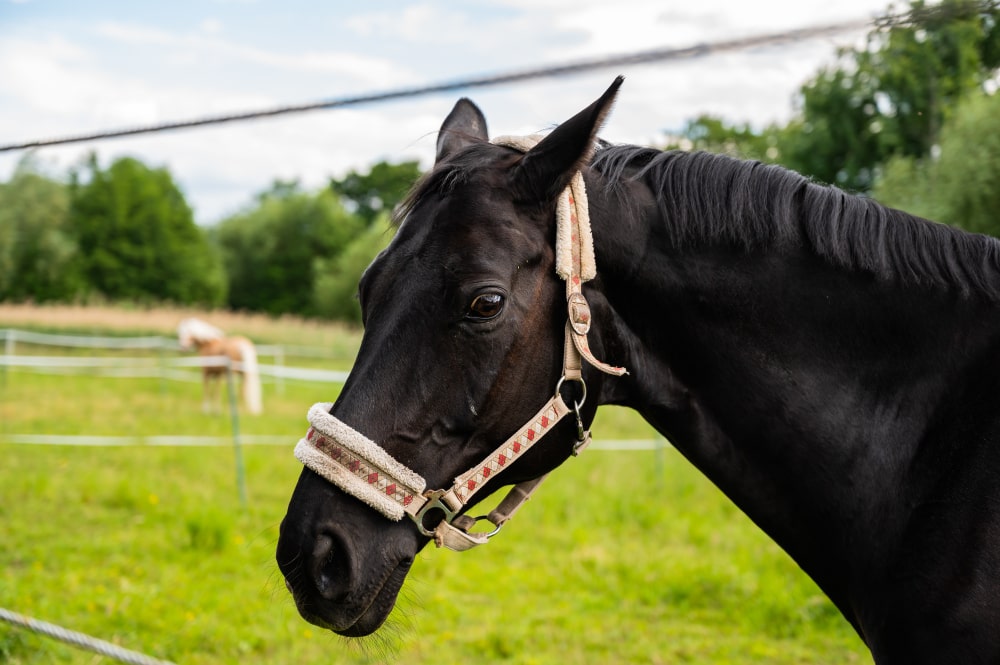
Dutch Gag Vs. Pelham: Bits ...
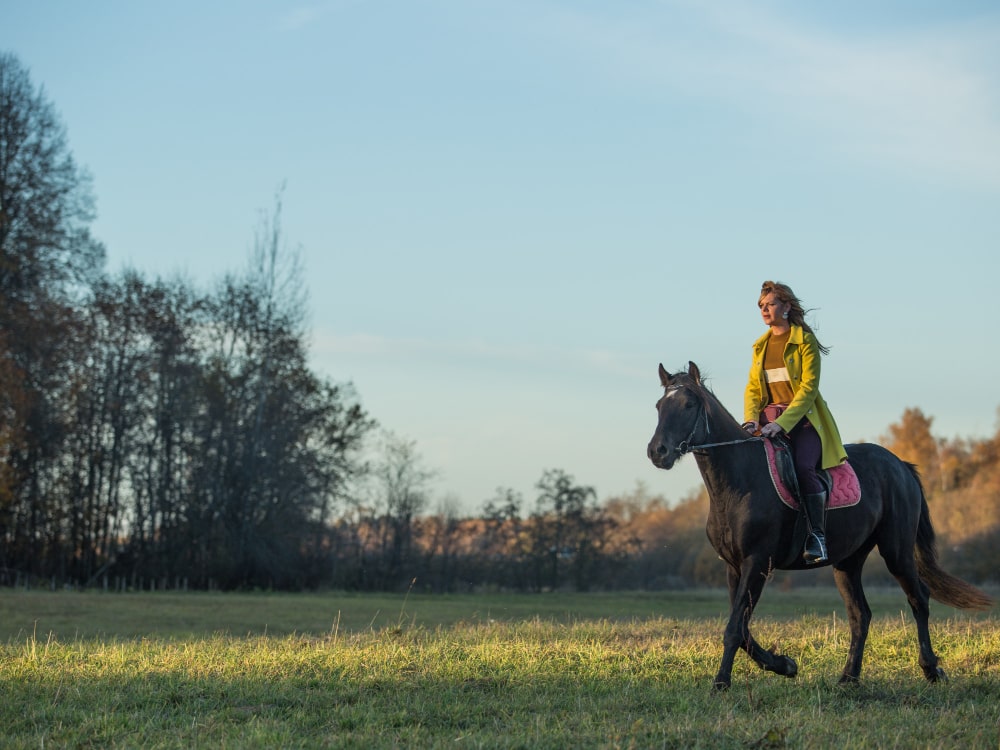
Walking Horse vs Racking Horse: ...
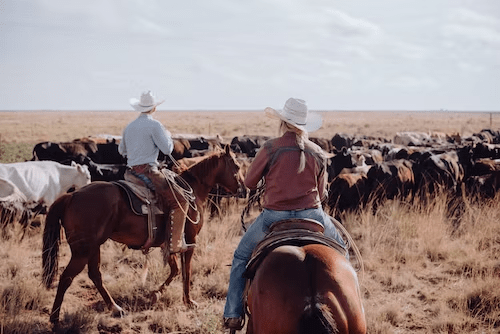
Wade vs Association Saddle: Your ...
.jpg)
Step Up vs Ramp Horse ...

Bosal vs Hackamore: A Head-...
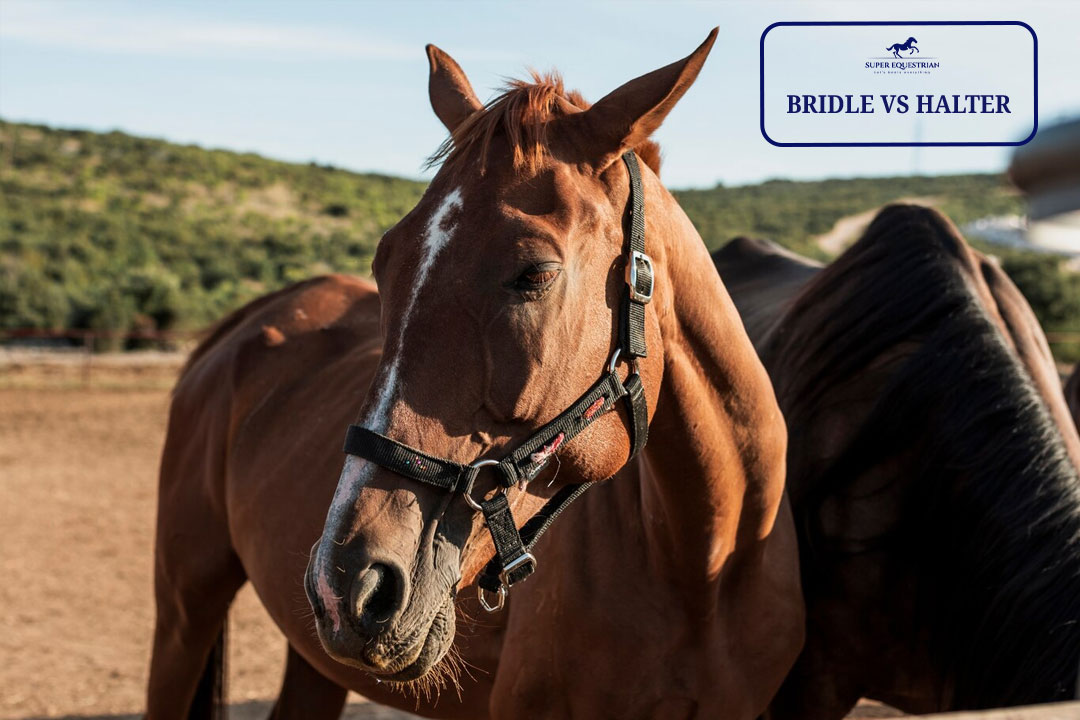
Bridle Vs Halter: Which One ...

Paddock Boots Vs Riding Boots: ...

Shadow Horse Trailer Problems: Causes, ...
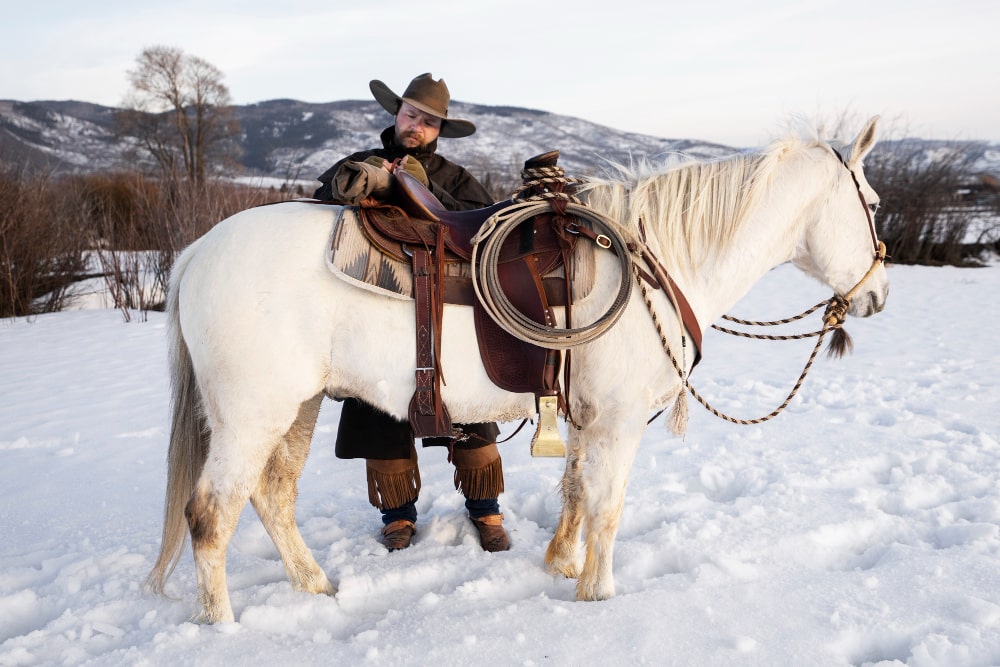
Are Billy Cook Saddles Good - ...

Let's Start at the ...
Benefits of Beet Pulp for ...
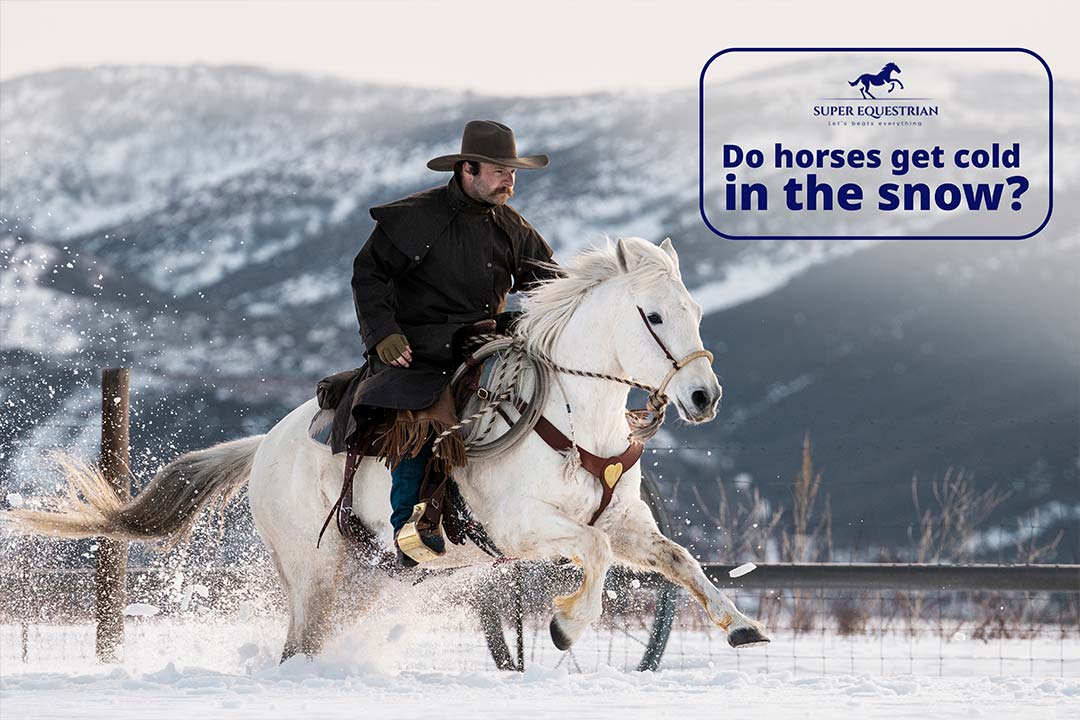
Do horses get cold in ...
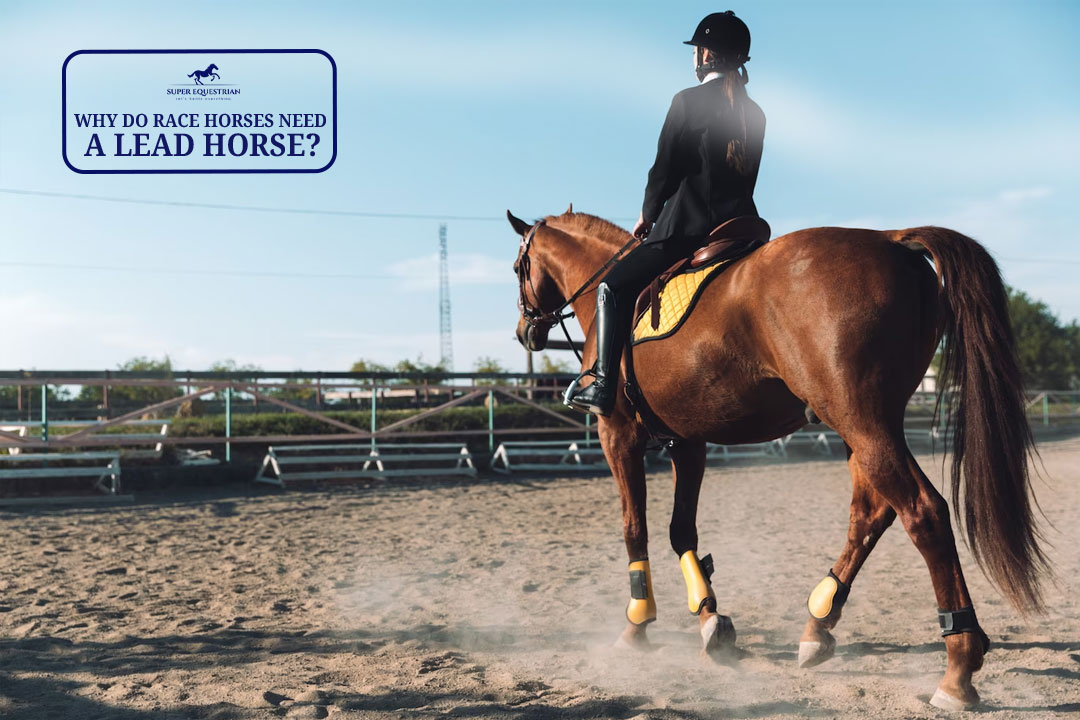
Why Do Race Horses Need ...
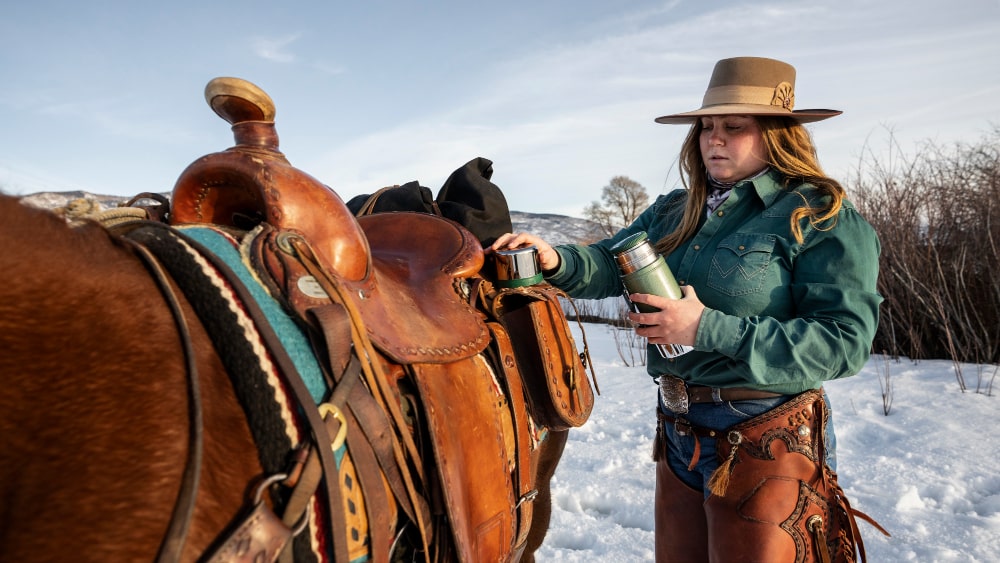
Ranch Saddle vs. Roping Saddle: ...

Round Pen vs Square Pen ...

Must Have Horse Trailer Accessories: ...
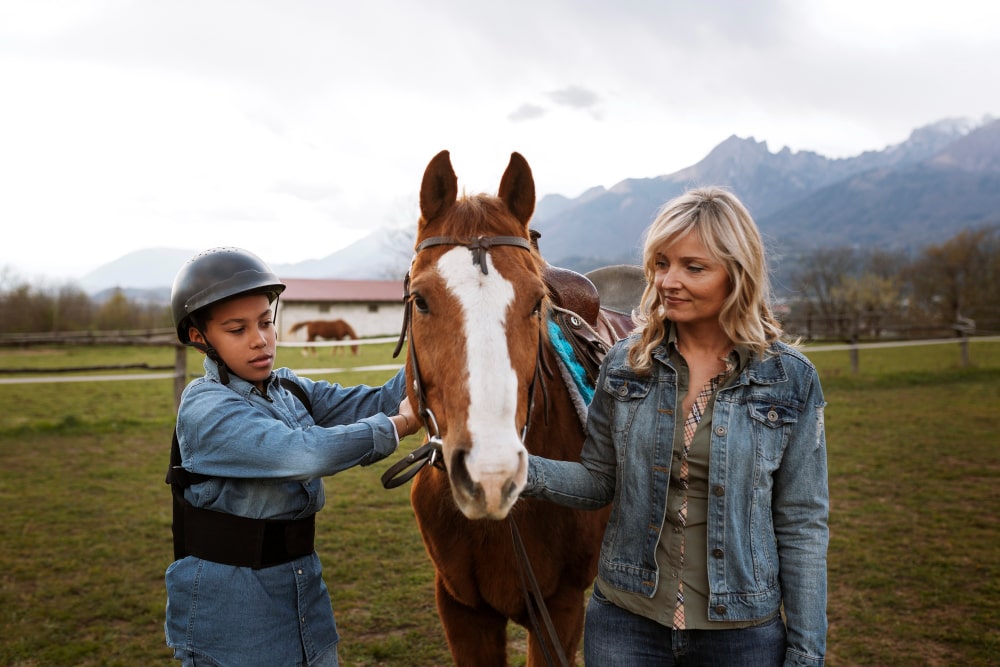
Is MIPS Worth for Equestrian?...
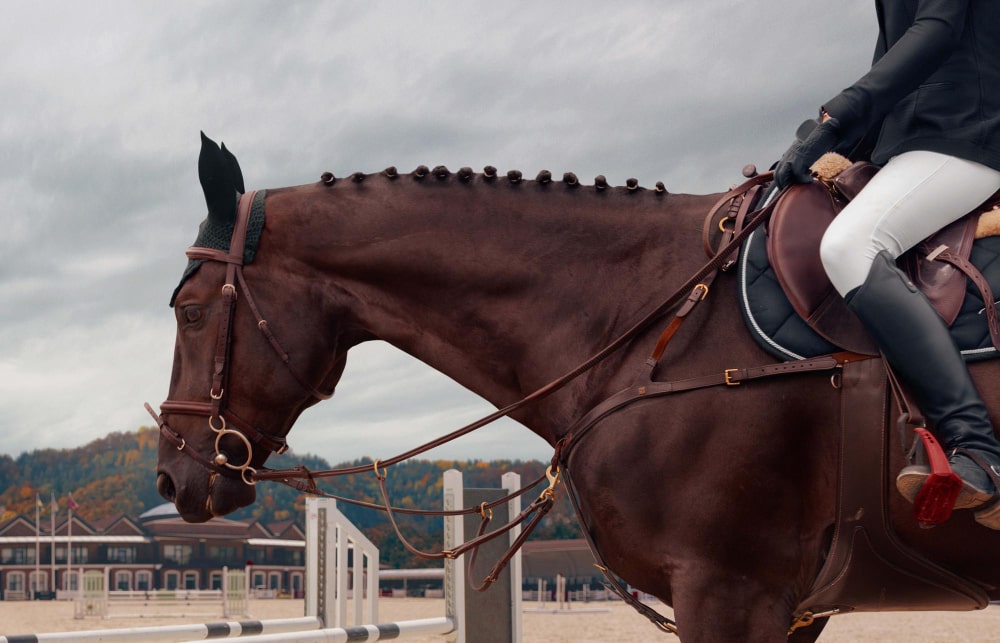
Natural Horsemanship vs Positive Reinforcement: ...

How to Mount a Horse ...
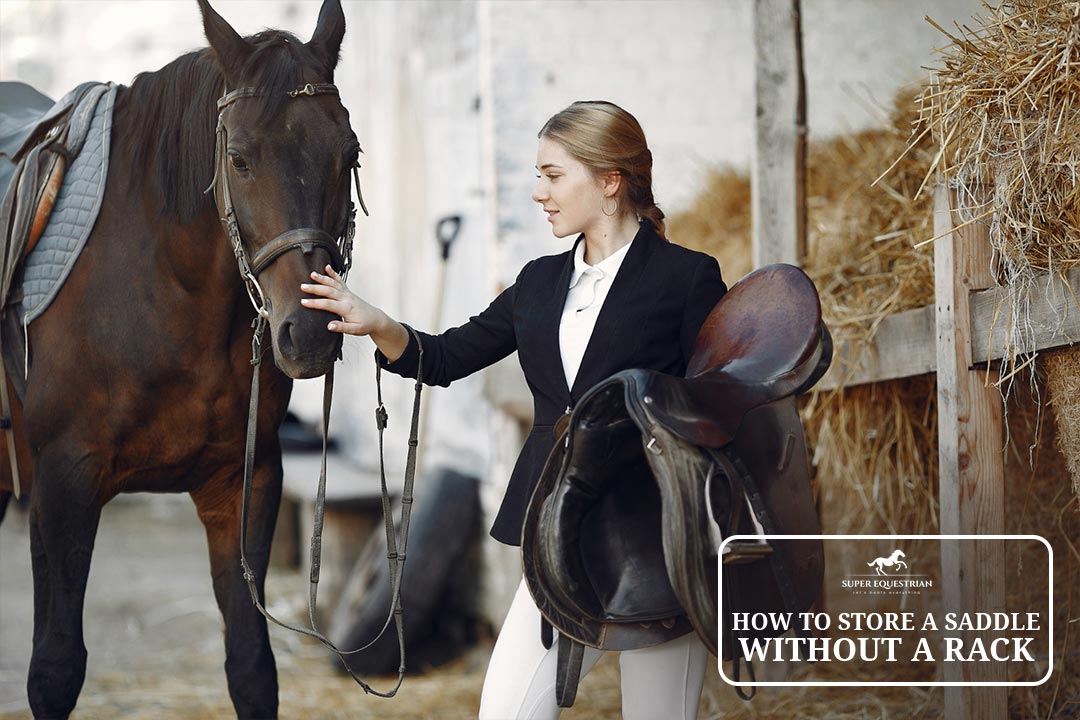
How to Store a Saddle ...
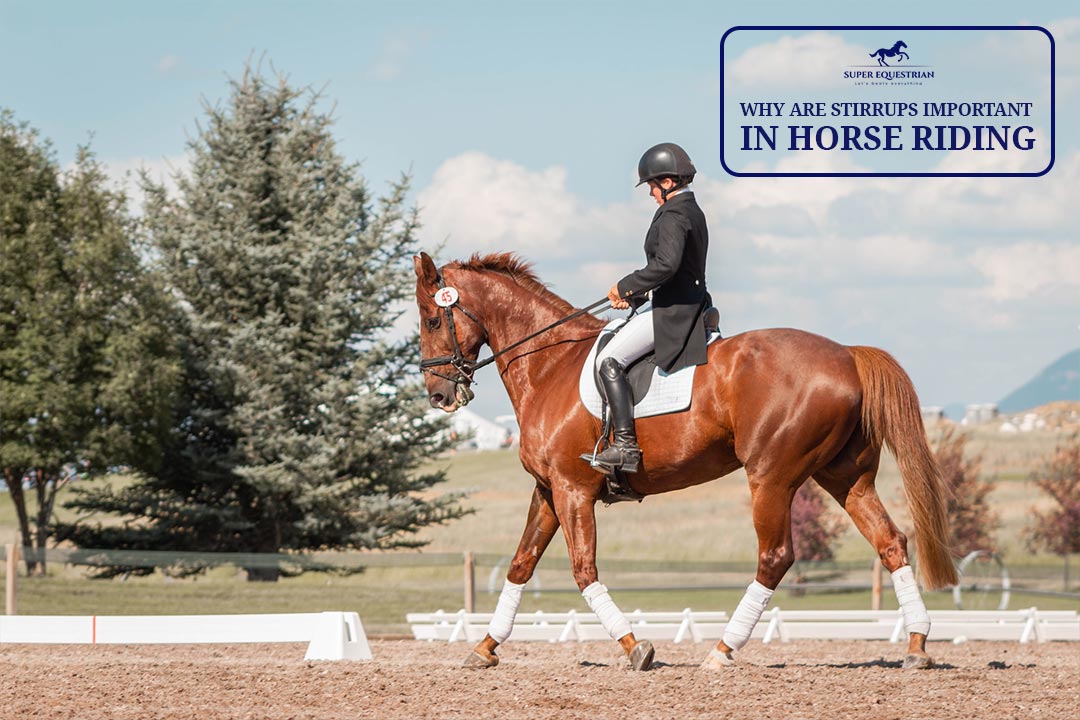
Why are Stirrups Important in ...
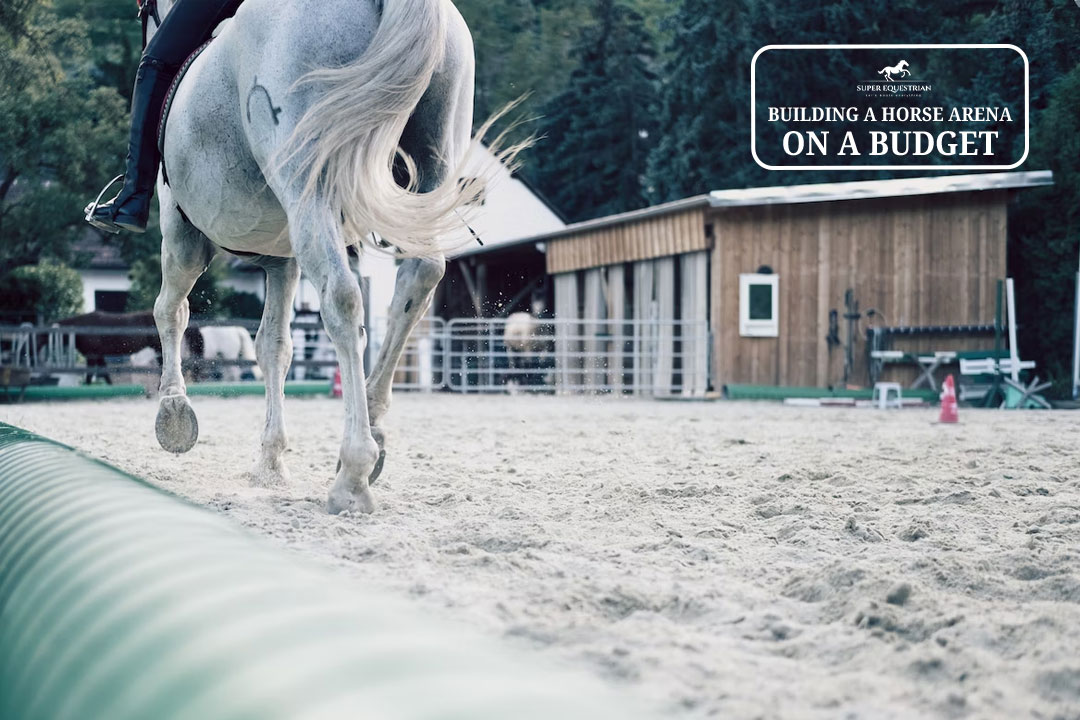
Building a Horse Arena on ...

How to Make Horse Treats ...

Order of Grooming a Horse...

Horse Riding Lessons Plan: The ...

Horse Trailer Roof Replacement and ...
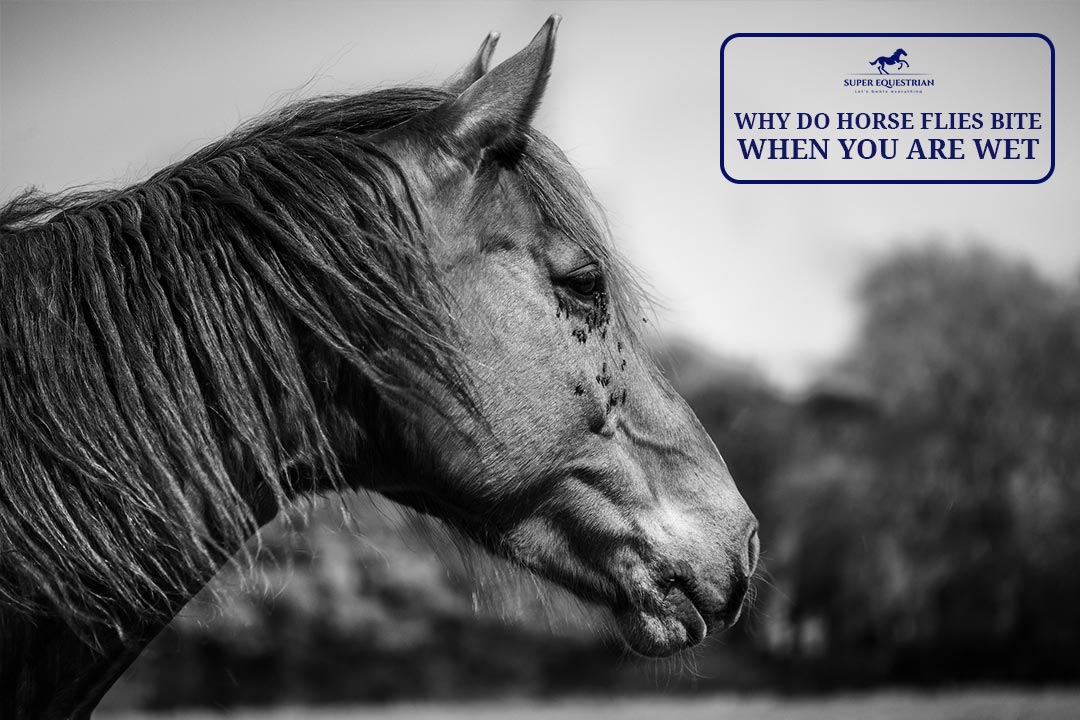
Why Do Horse Flies Bite ...
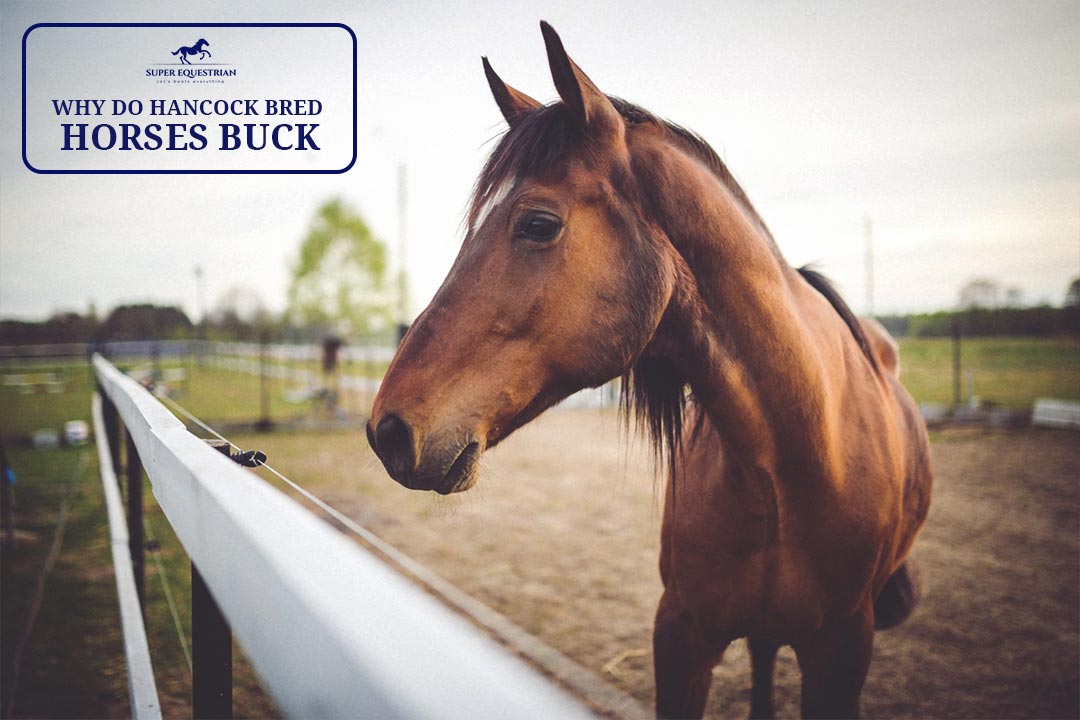
Why Do Hancock Bred Horses ...

Quarter Horse Bloodlines to Avoid...
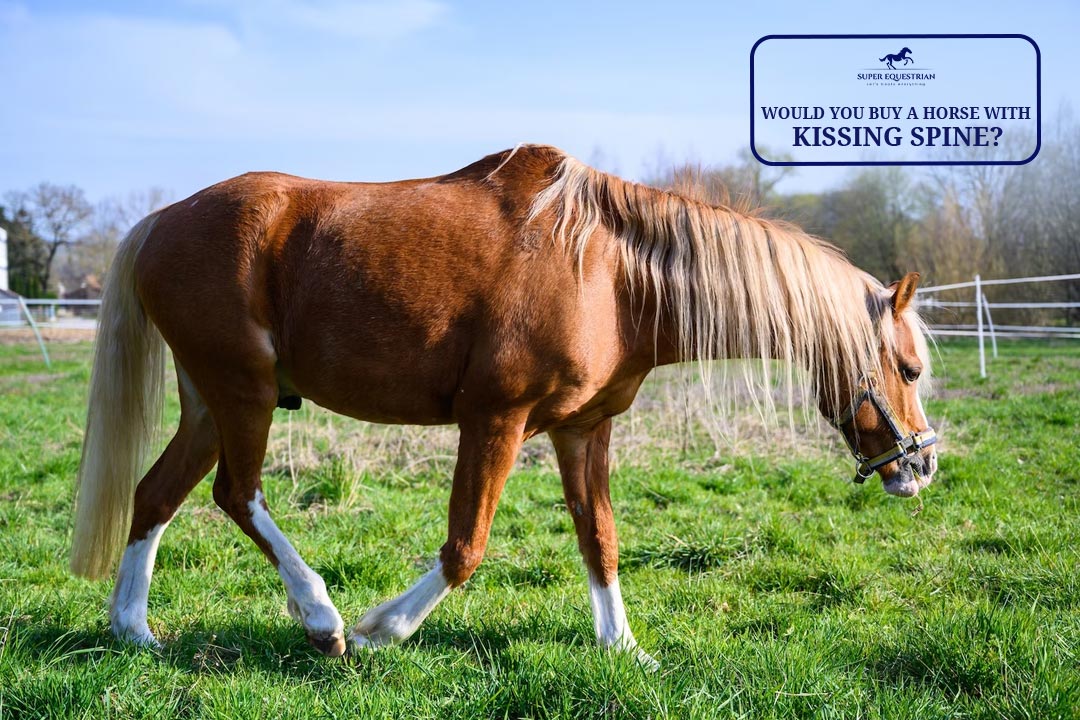
Would You Buy a Horse ...
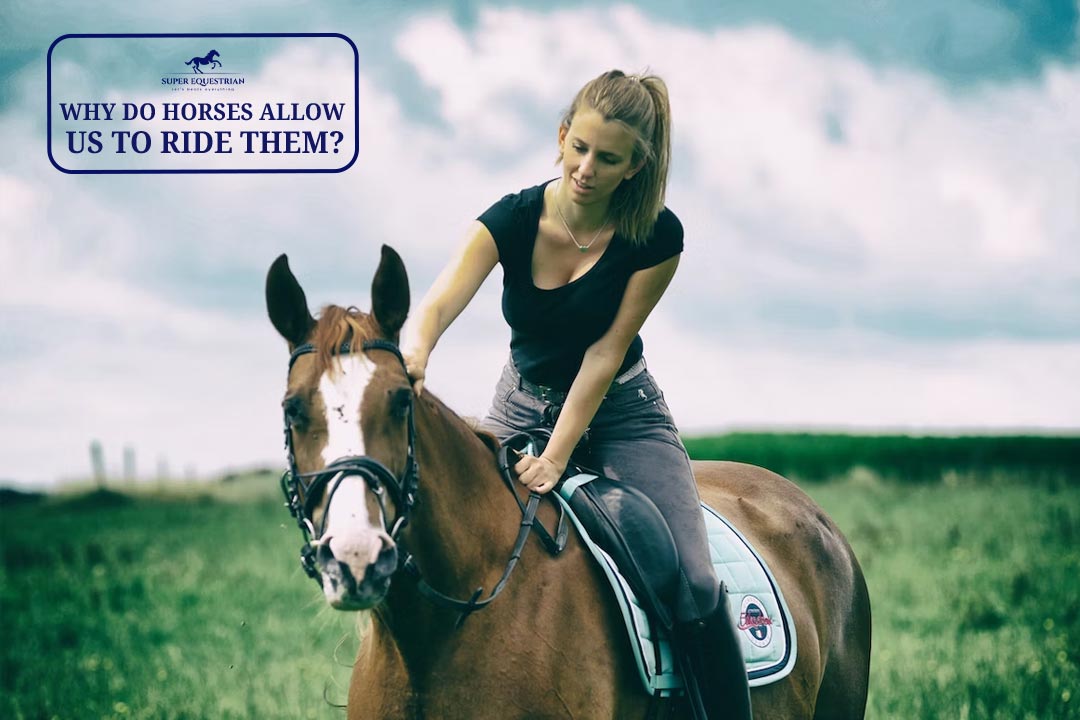
Why Do Horses Allow Us ...
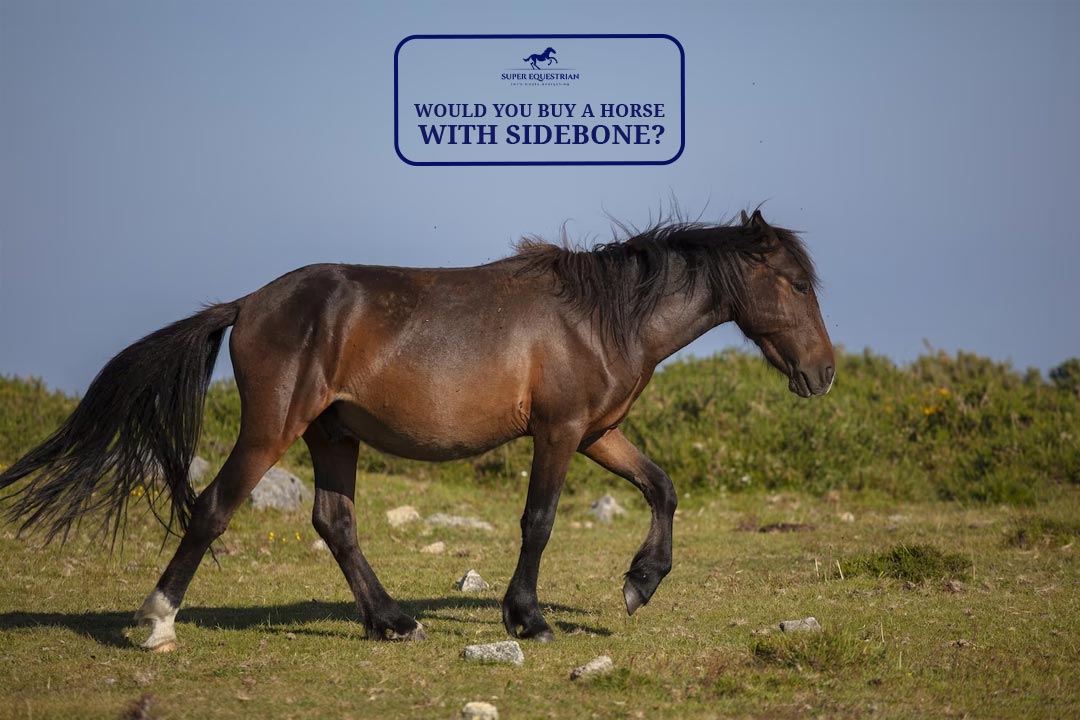
Would you buy a horse ...

Why Are Klapper Bits So ...
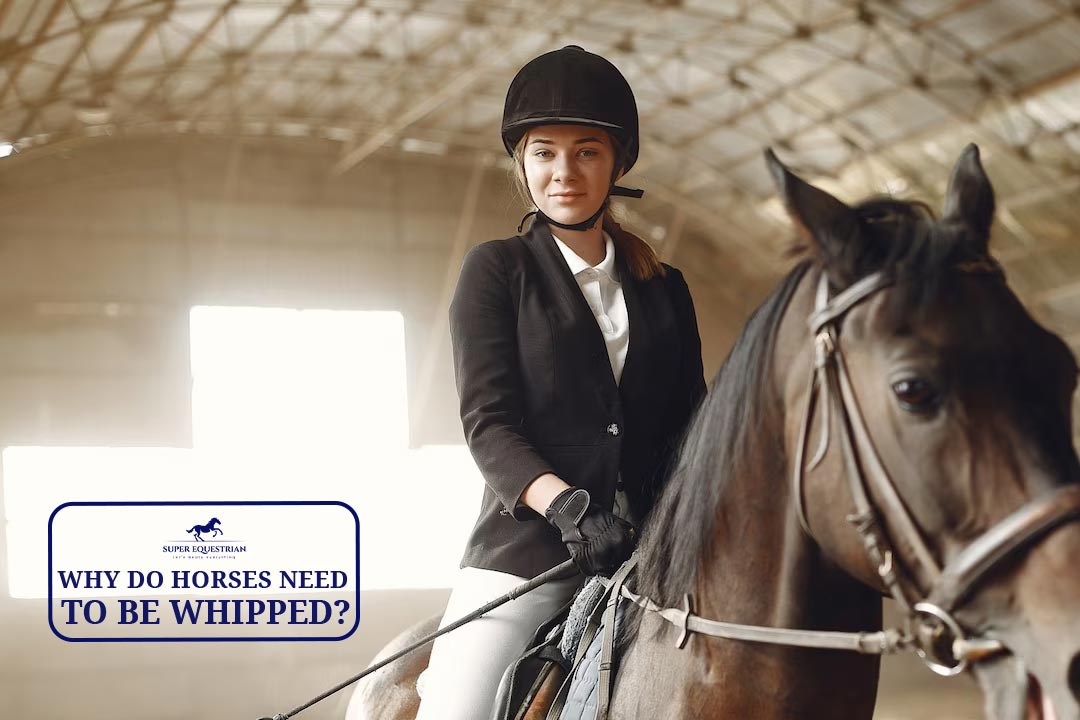
Why do horses need to ...

Why do you mount a ...
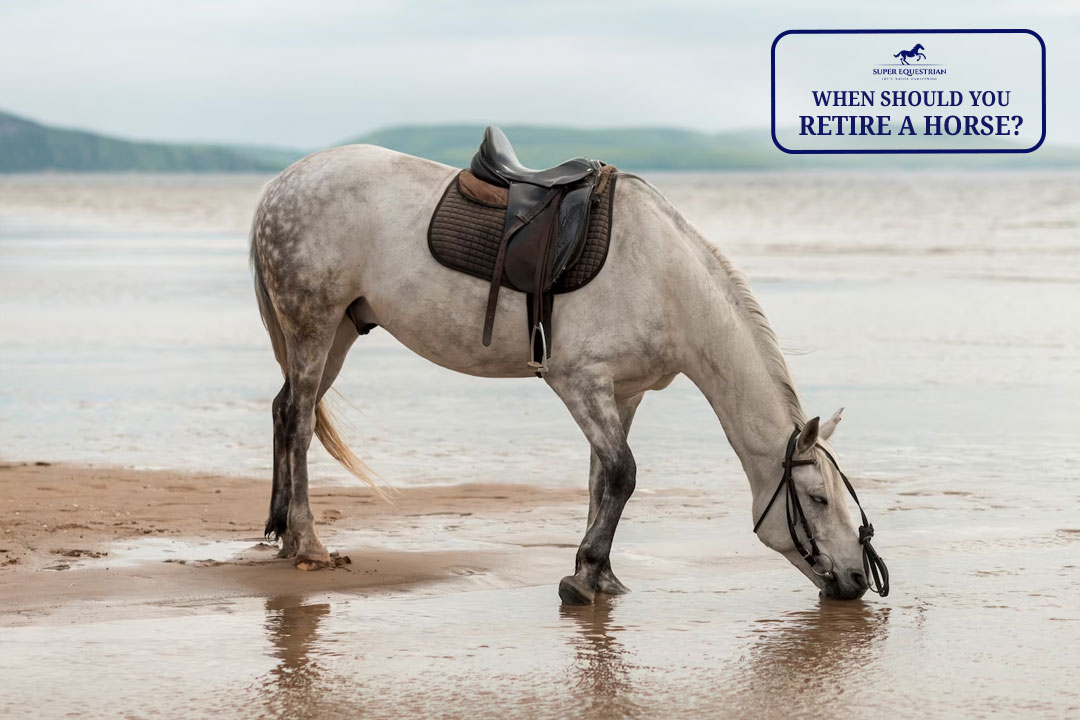
When Should You Retire A ...

Why Are Horses Whipped When ...
.jpg)
Why Do Horses Have A ...
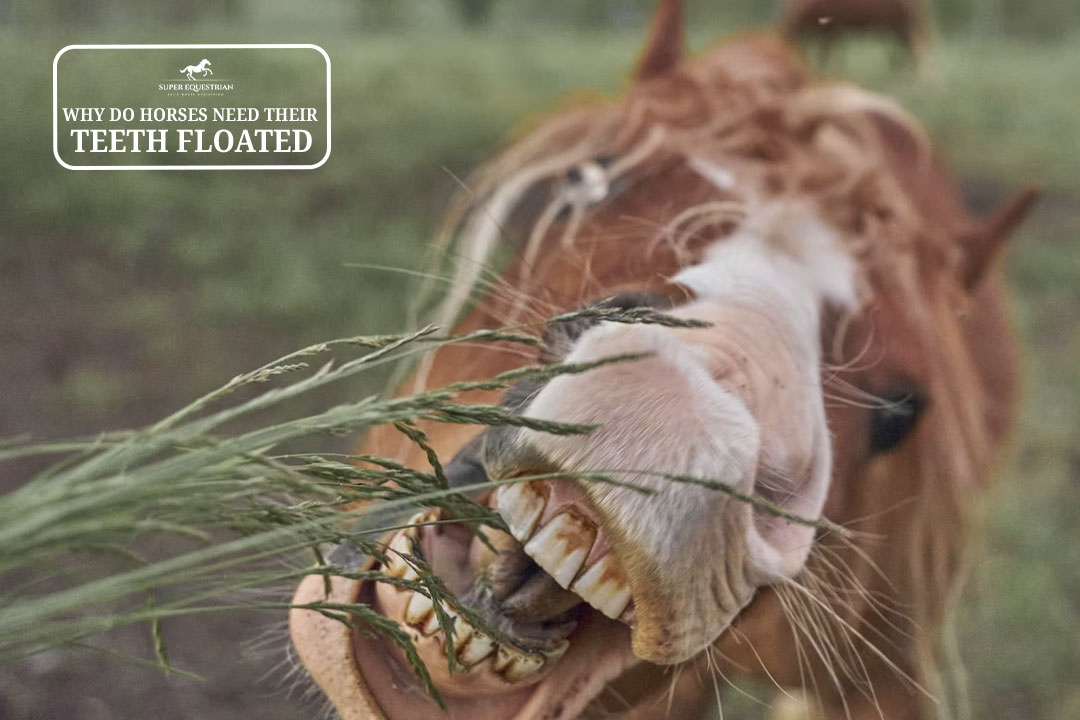
Why Do Horses Need Their ...

What To Do If Horse ...

What To Do If A ...
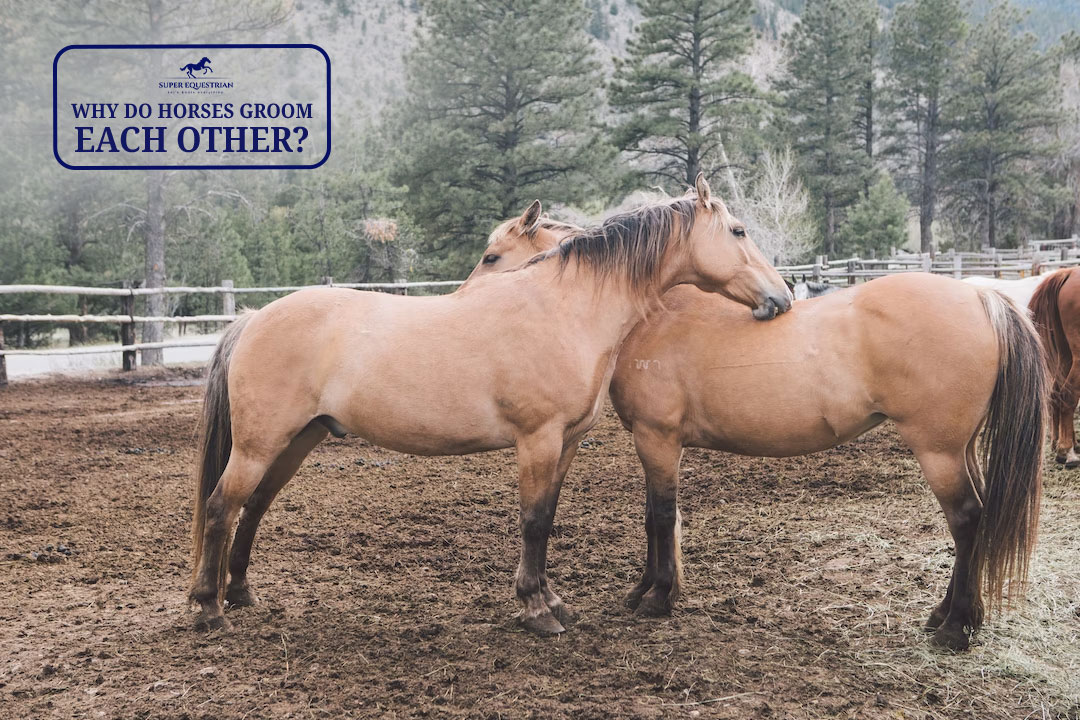
Why do horses groom each ...
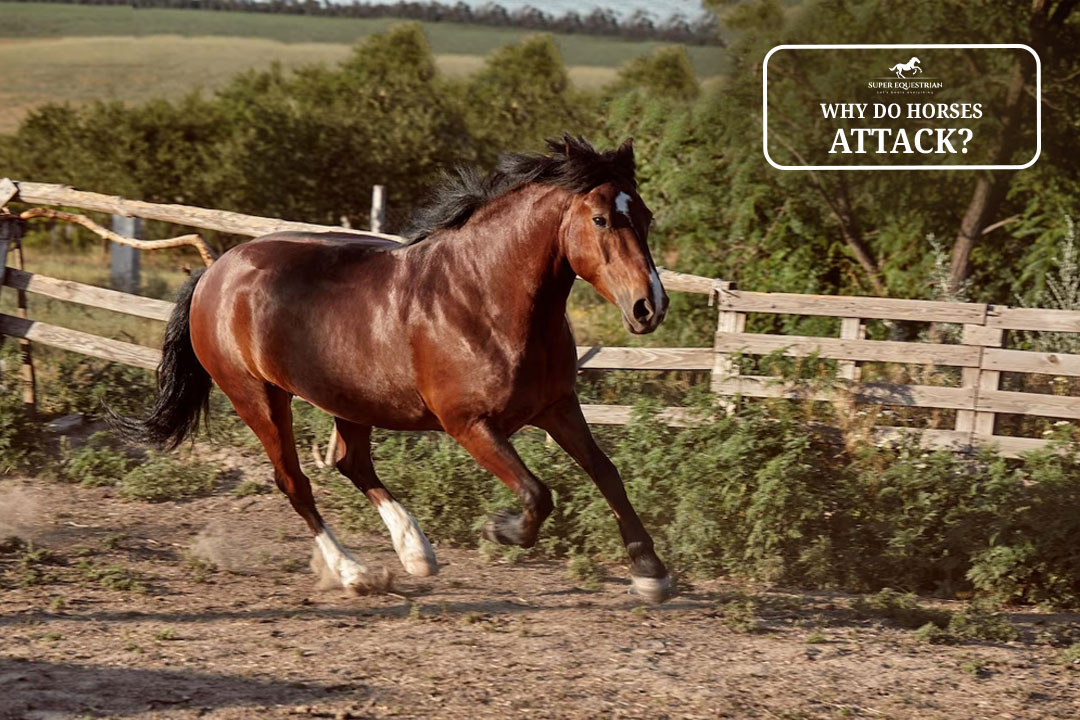
Why do horses attack...

Should I Use a Martingale ...

How to fit bell boots ...
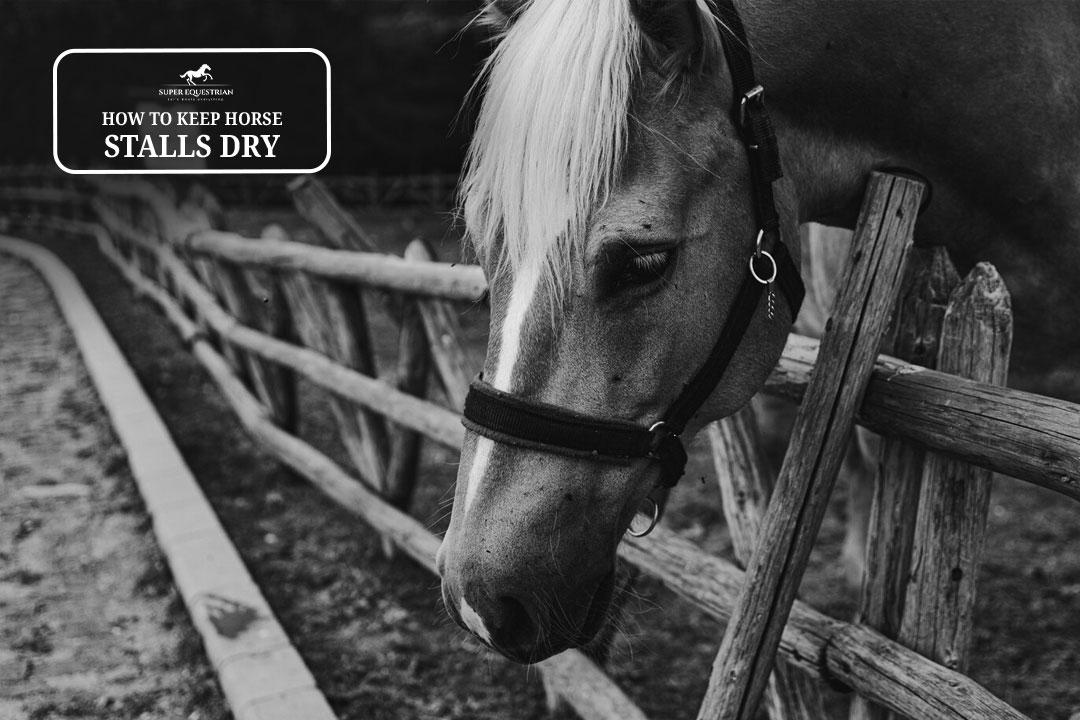
How To Keep Horse Stalls ...
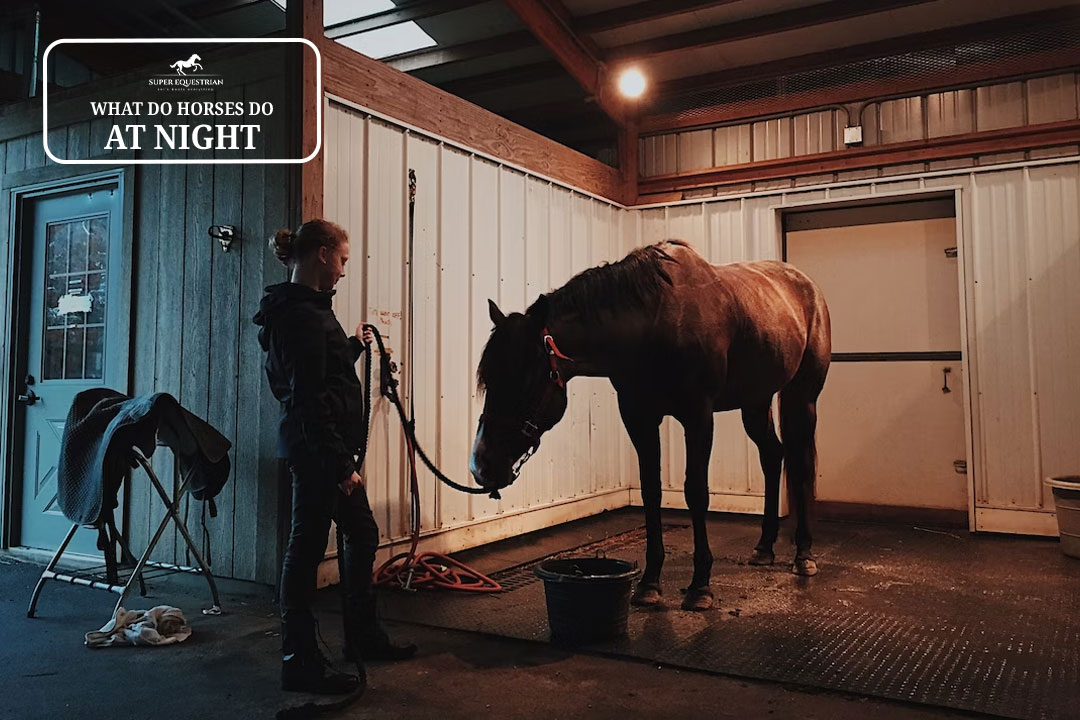
What Do Horses Do At ...
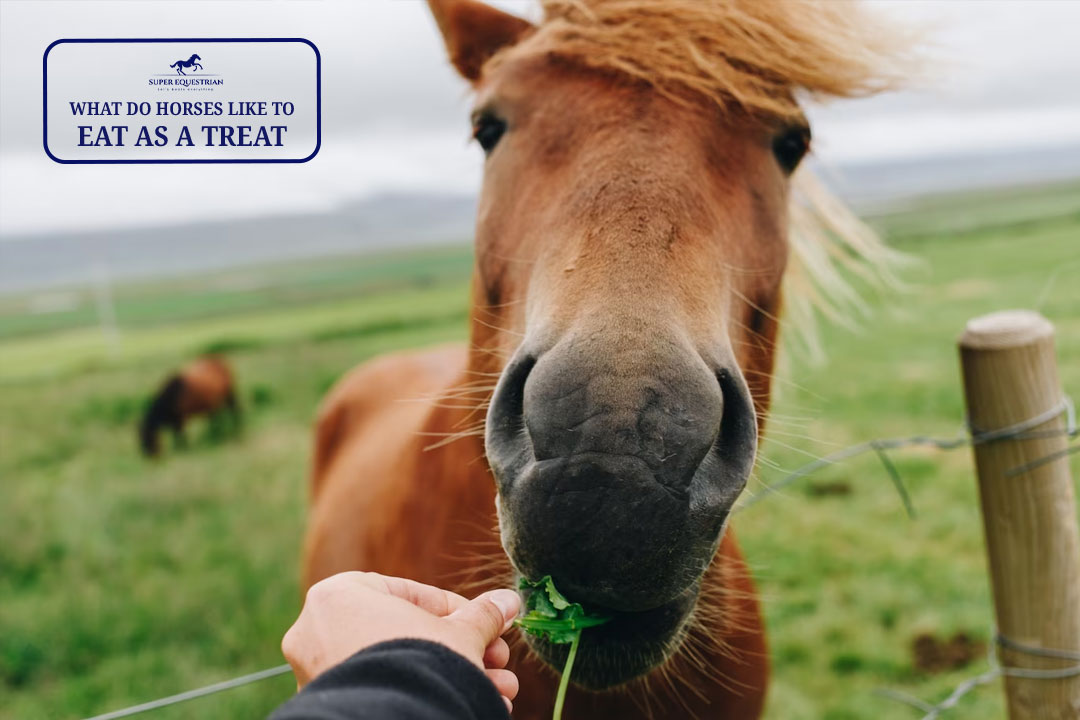
What do horses like to ...

Why do wild horses get ...
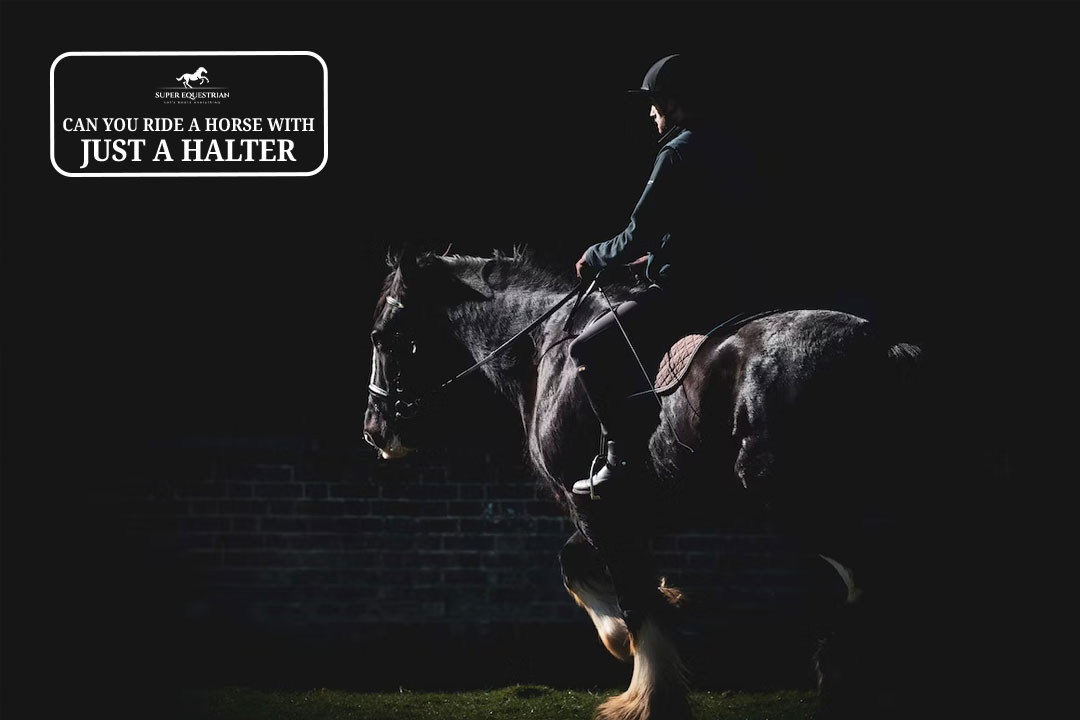
Can you ride a horse ...
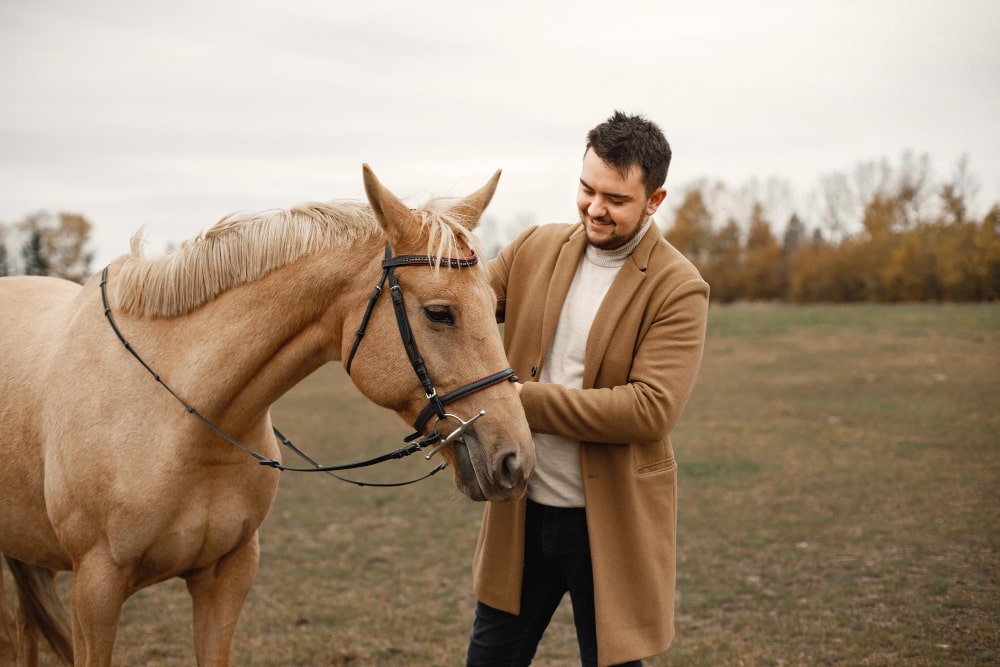
Are horses protective of their ...

Why racking horses are popular ...
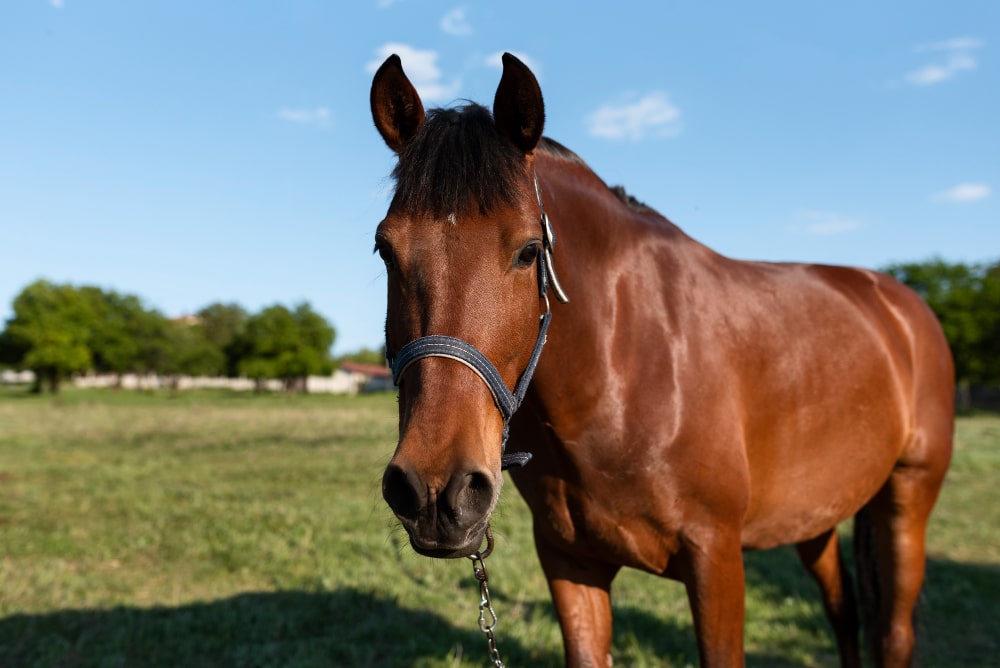
How To Keep Horses Off ...
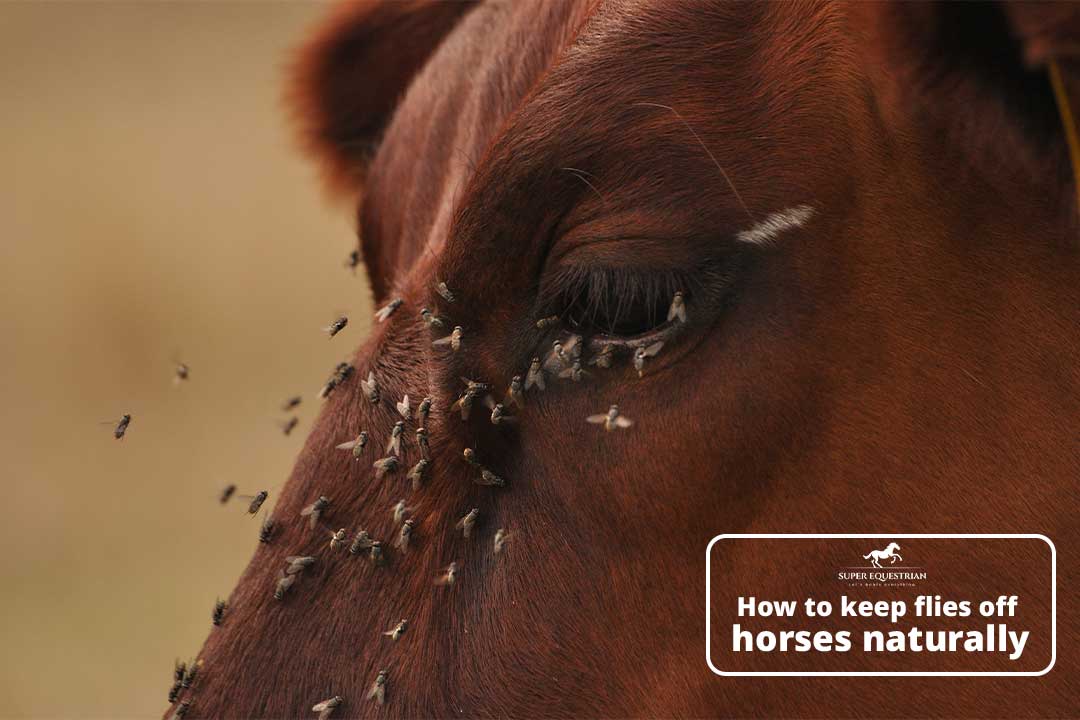
How to Keep Flies Off ...

Pros and Cons Using A ...
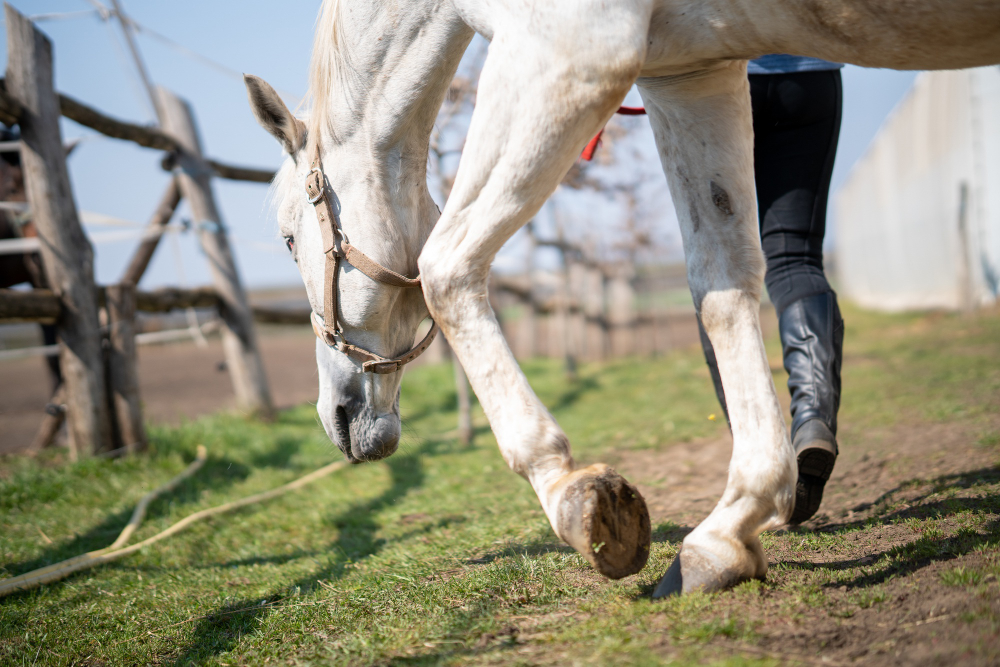
Can you ride a horse ...

Why are Corriente saddles so ...
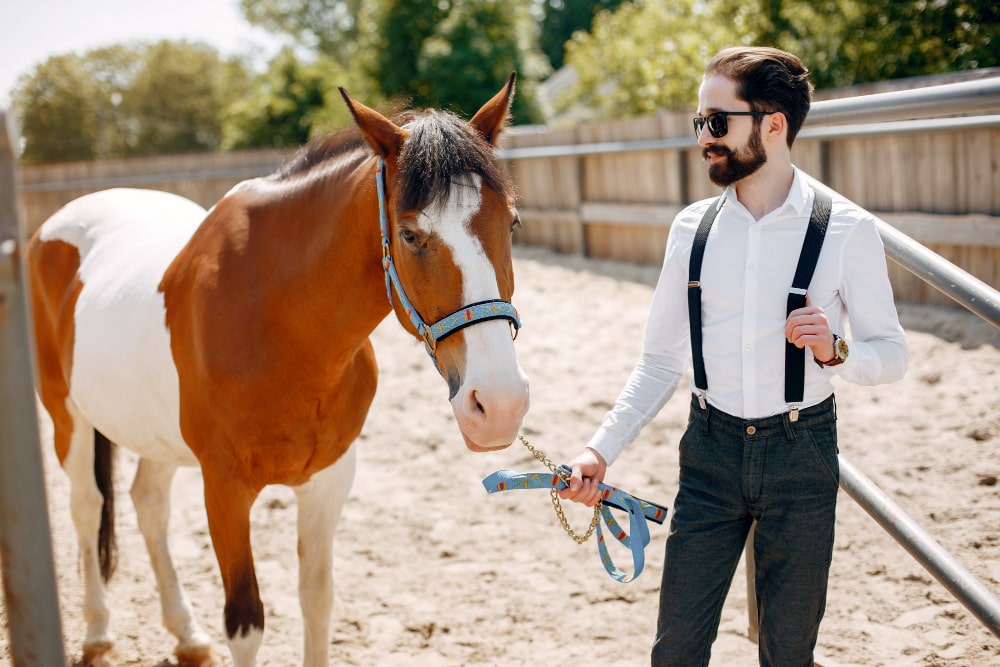
Pros and cons of equine ...
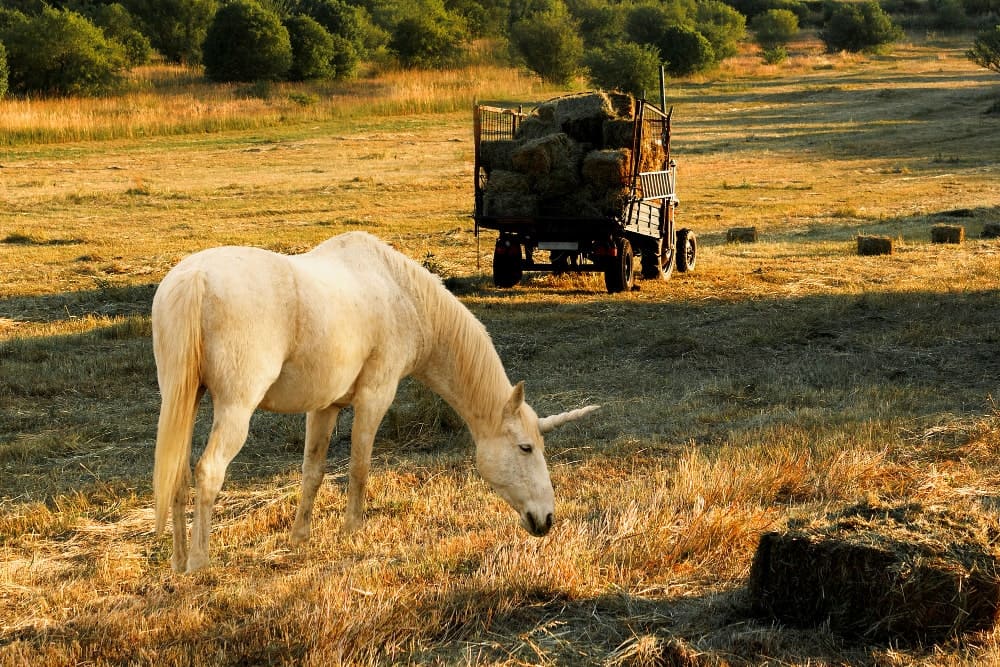
How Long After Mowing Can ...

How to Care for a ...
.jpg)
Why Do Horses Wear Blinders: ...
.jpg)
How to fit an exercise ...

Why is my horse bucking ...
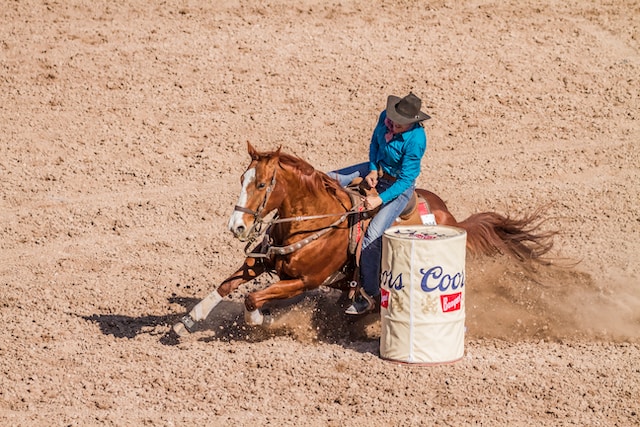
What causes a horse to ...

How to Stop a Horse ...
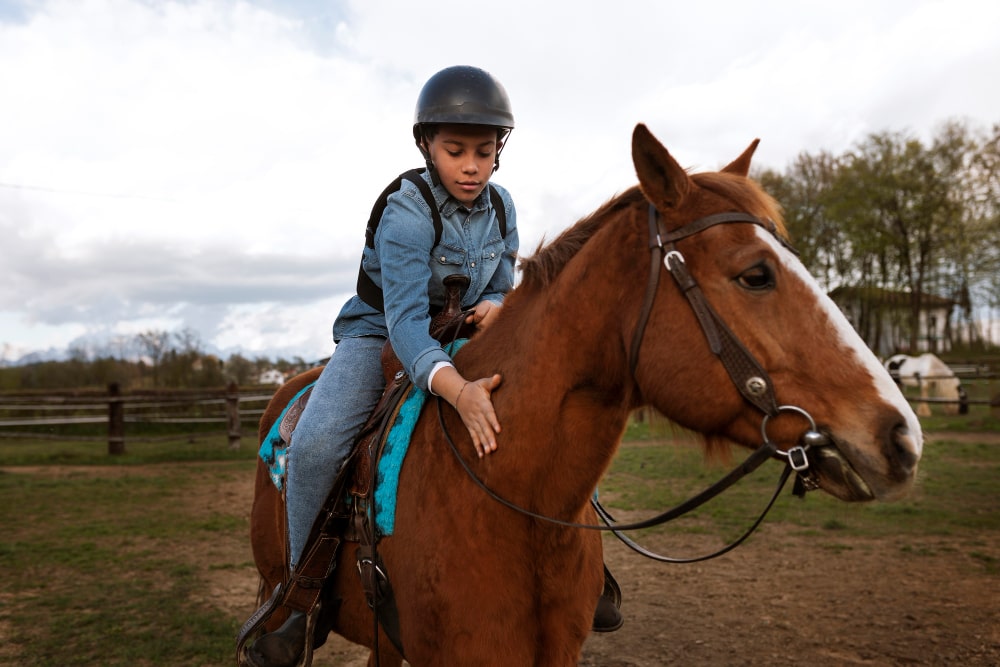
Why Is My Horse Bunny ...
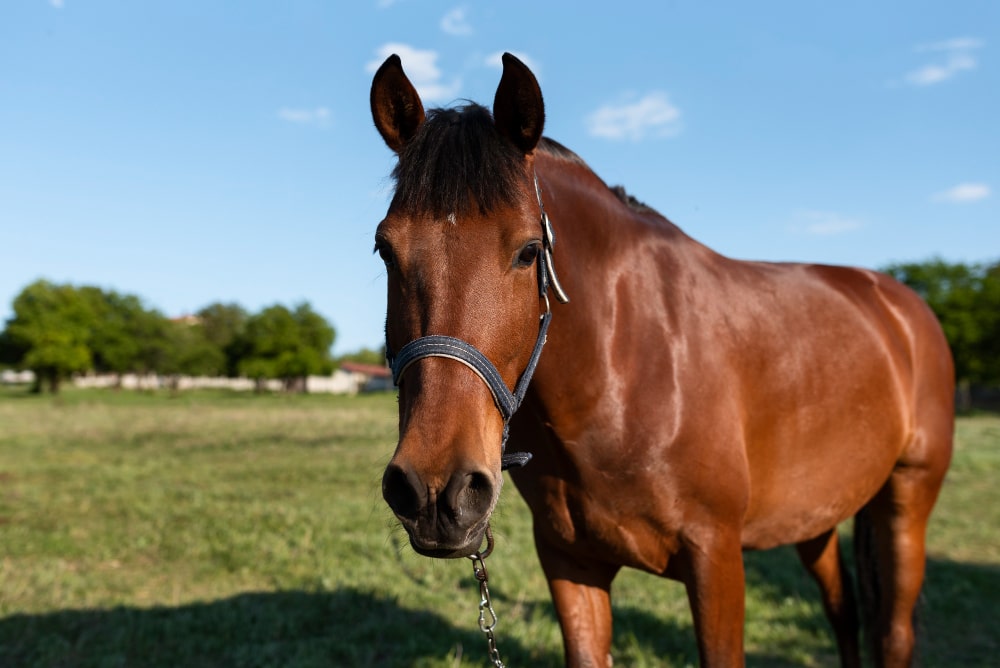
How To Improve Pasture For ...
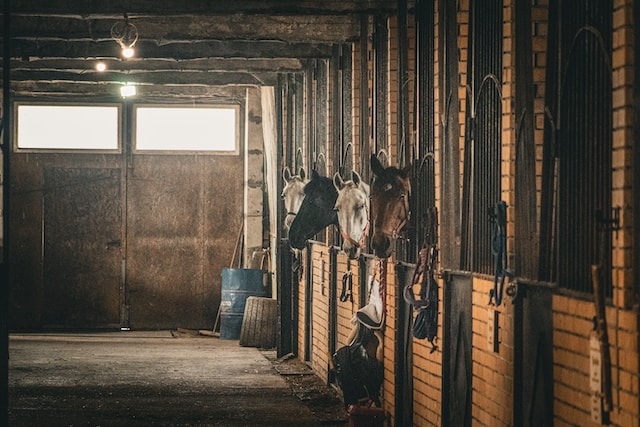
How to get the smell ...

Can you add ramp to ...

What Is The Temperament Of ...
.jpg)
Why Is Friesian Horse Hair ...
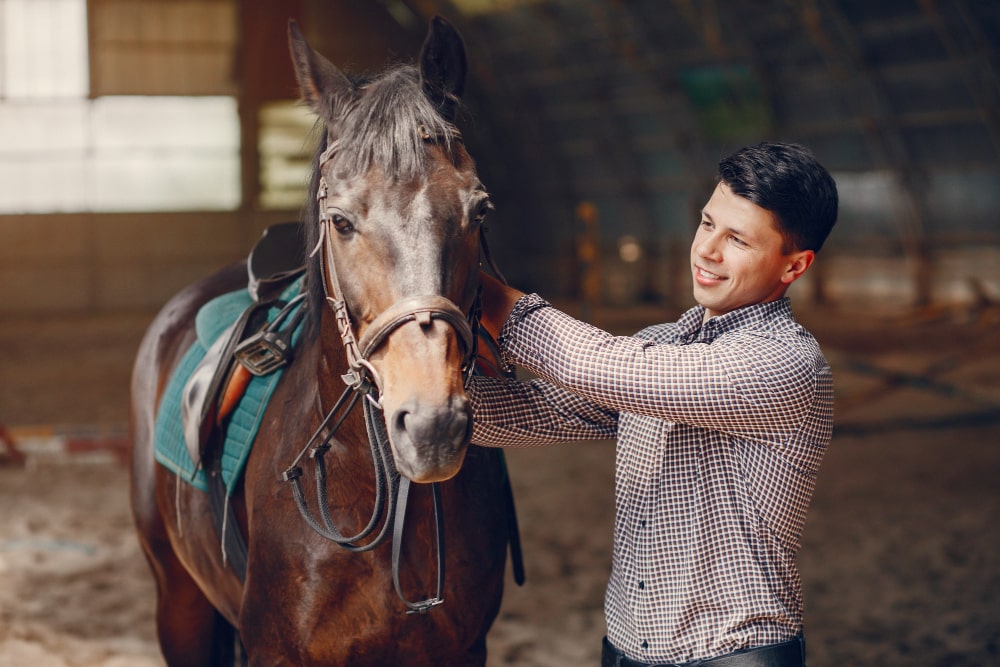
Why is my horse testing ...
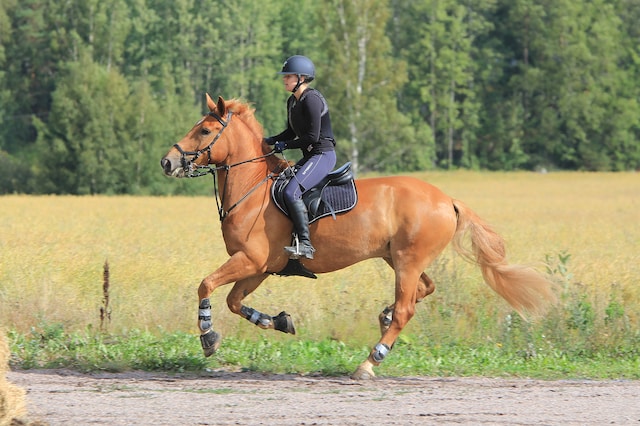
How often you should take ...
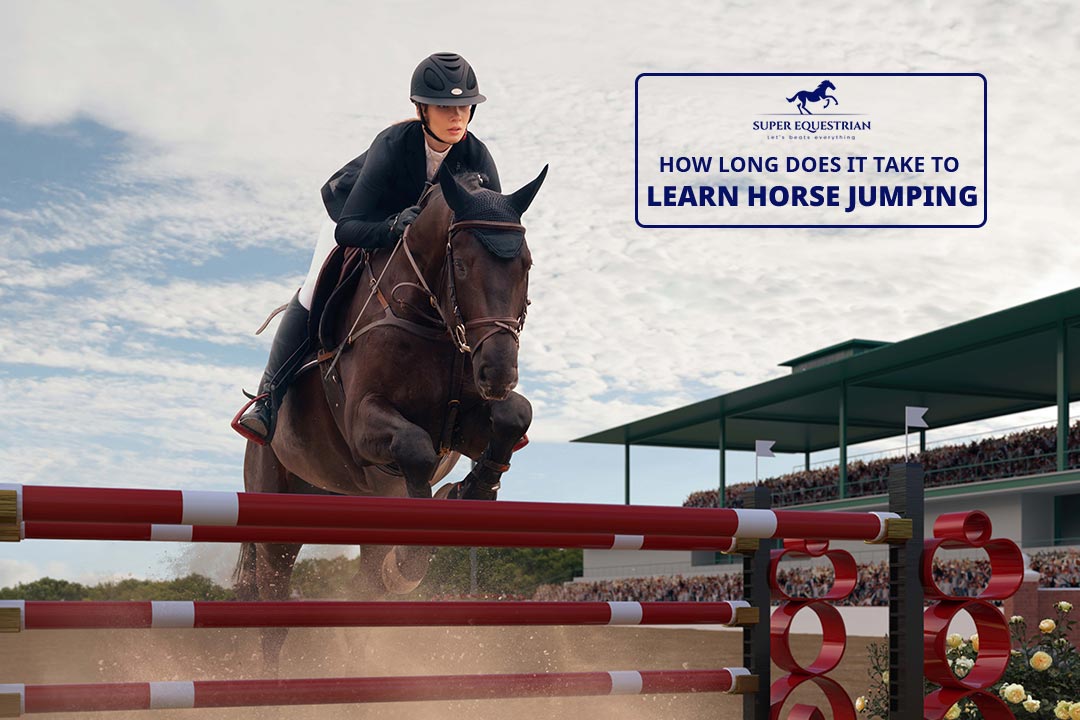
How long does it take ...
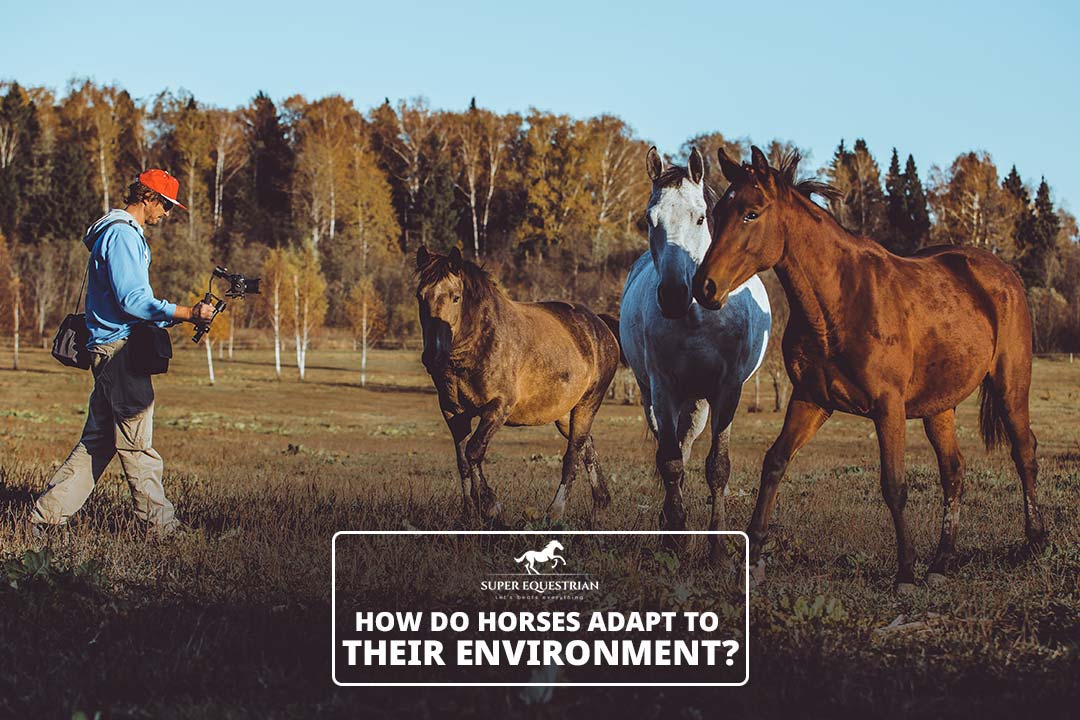
How do horses adapt to ...

How To Prepare For A ...
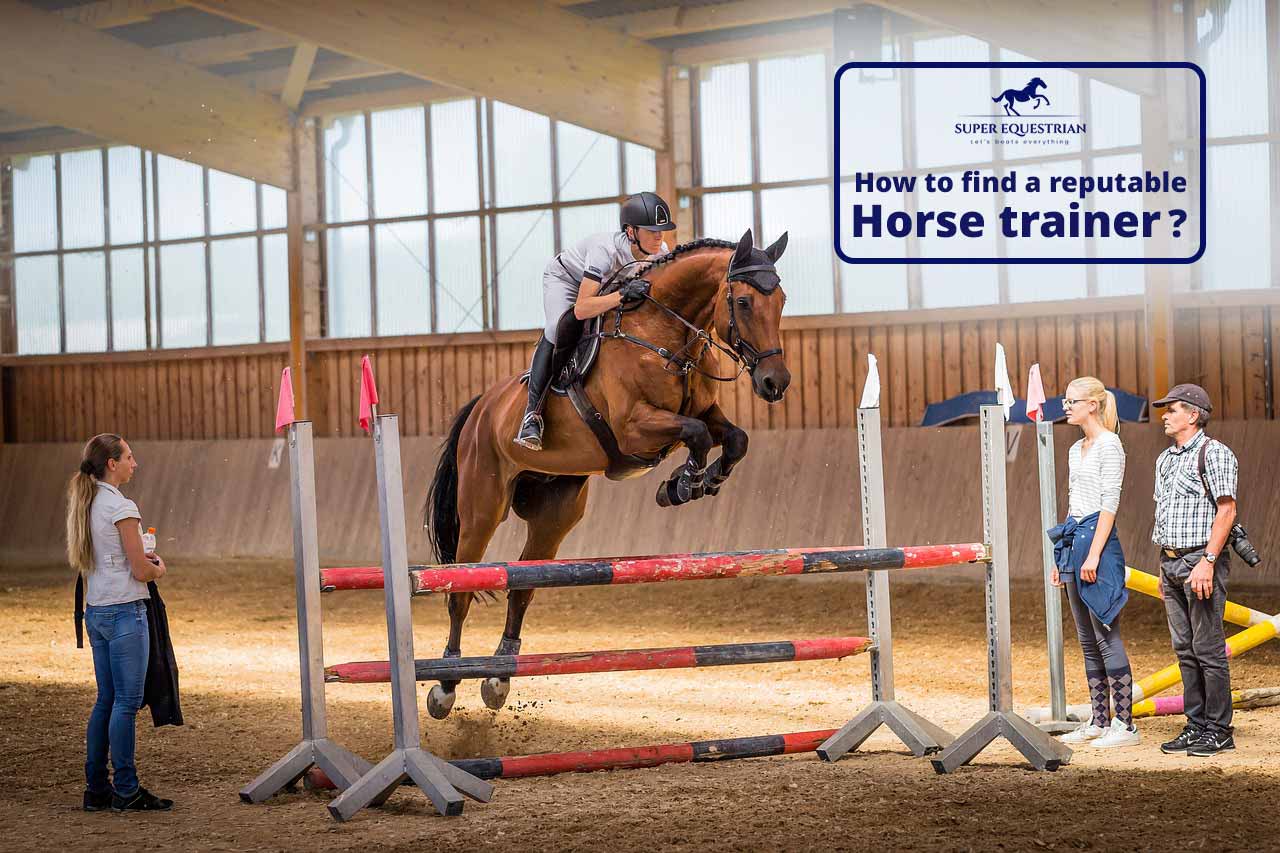
How To Find A Reputable ...
.jpg)
Do Horses Get Medals at ...

How to create a horse-...